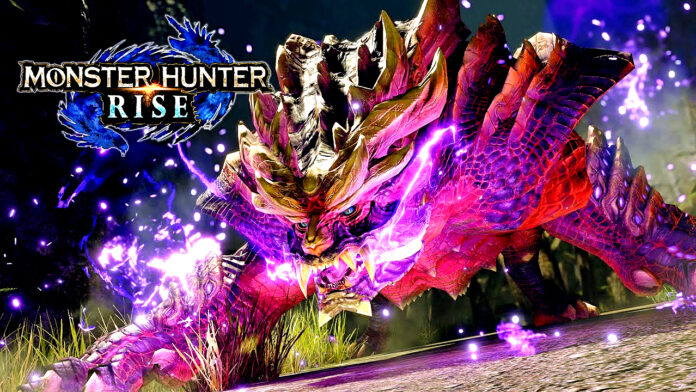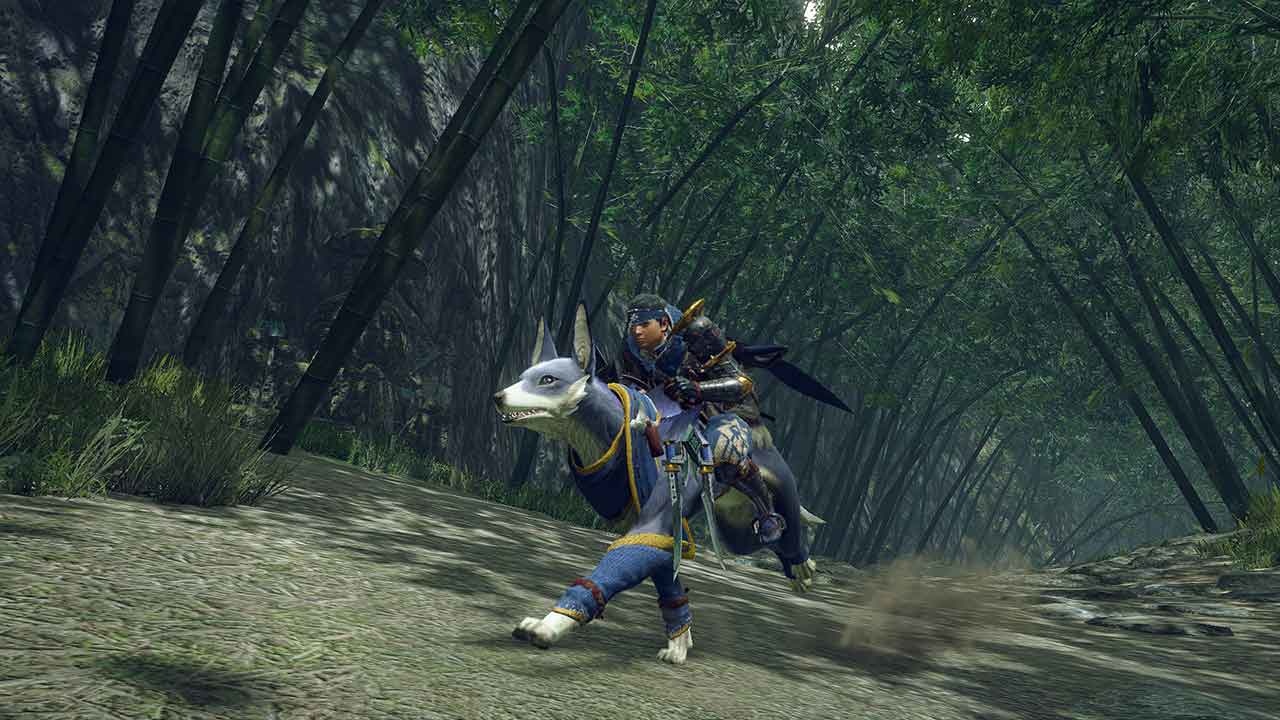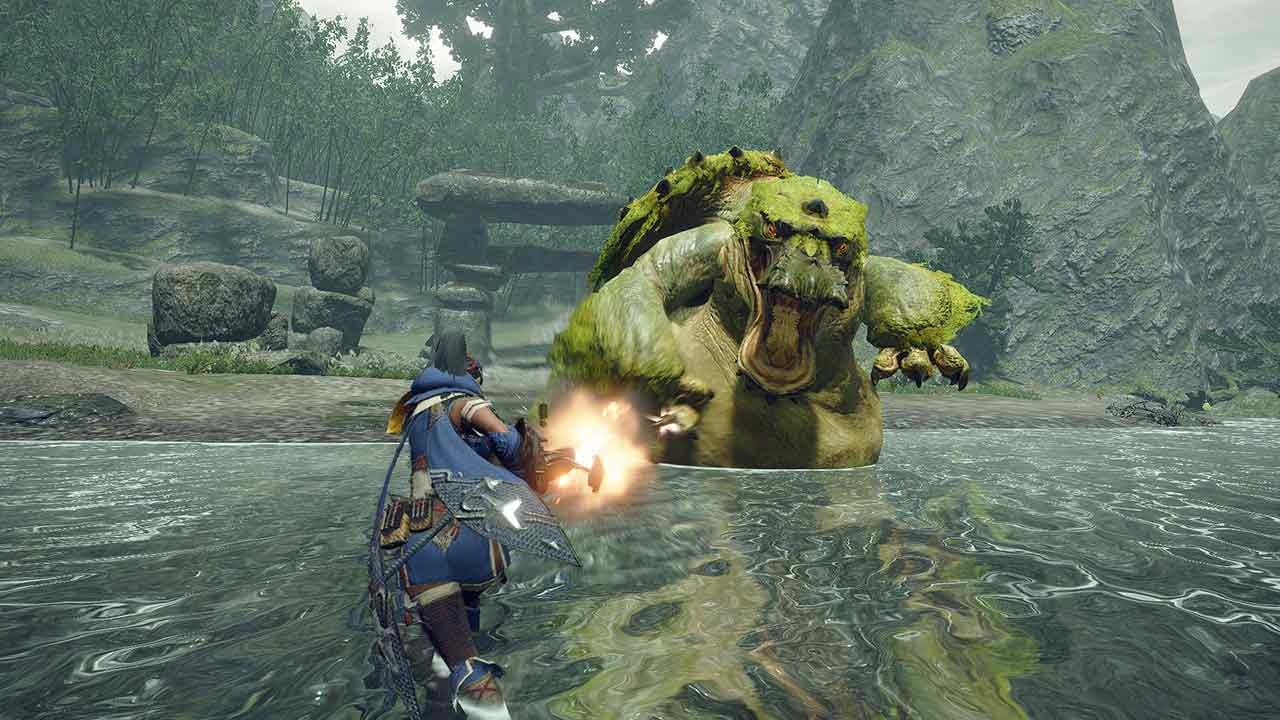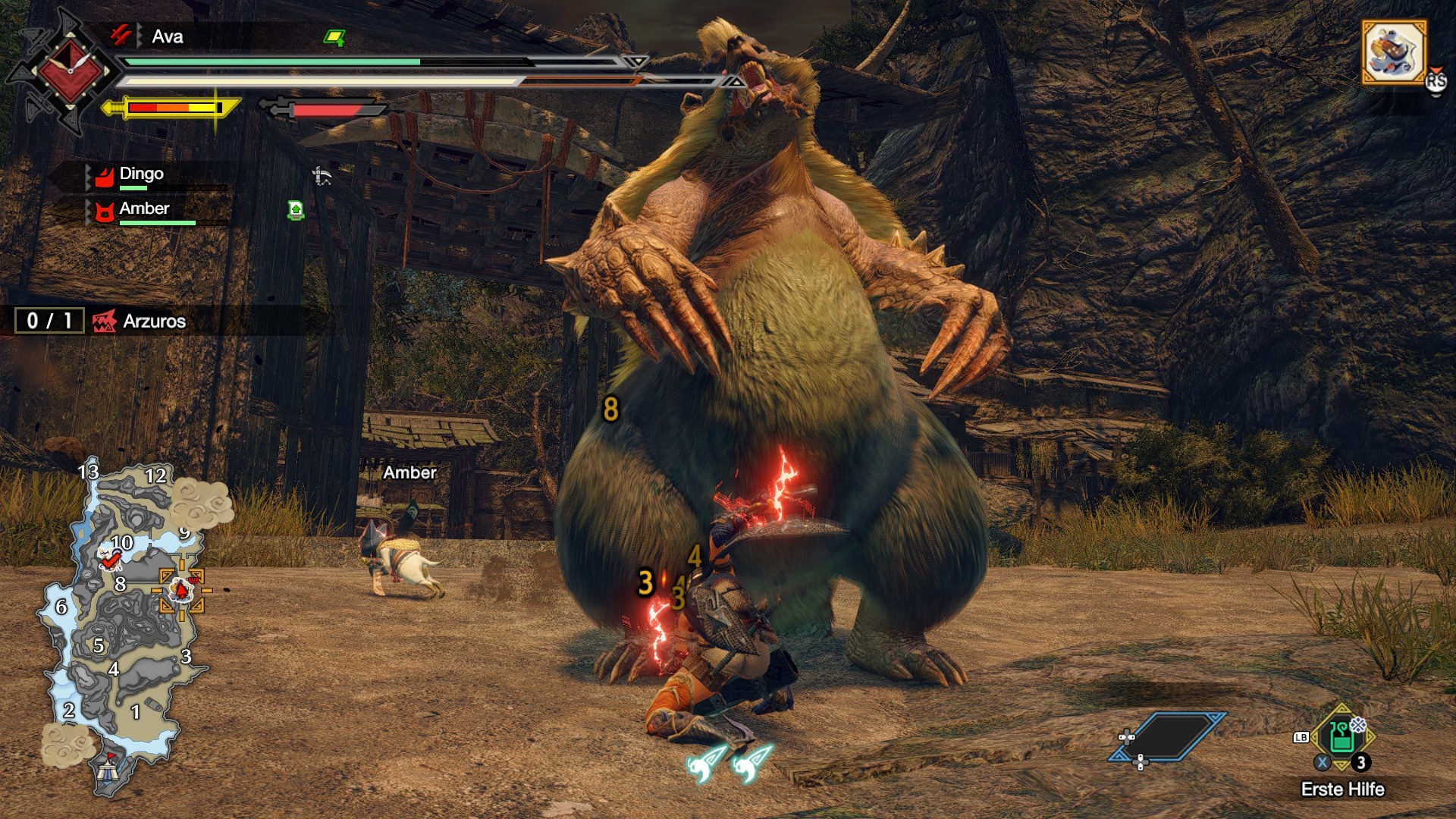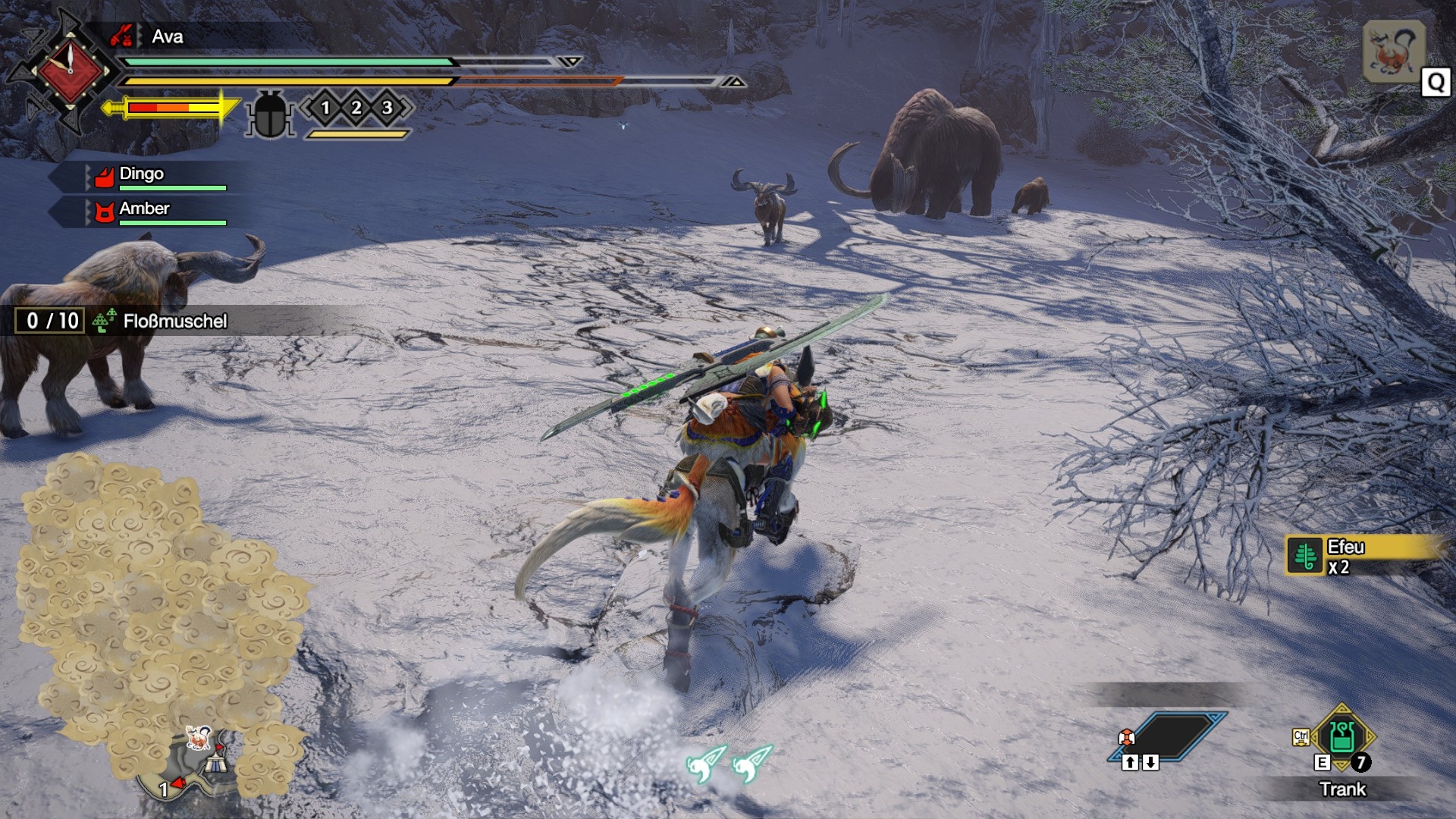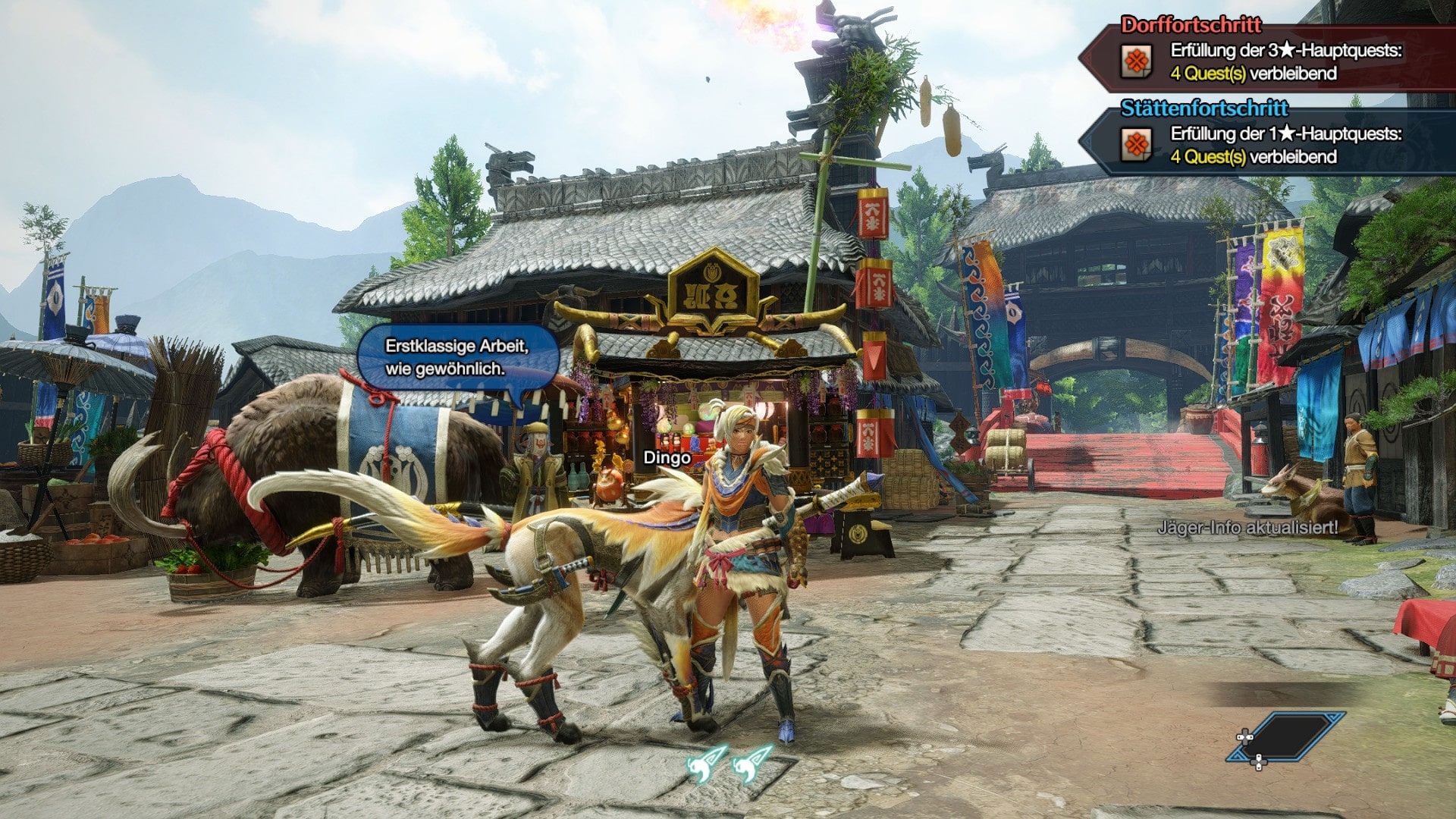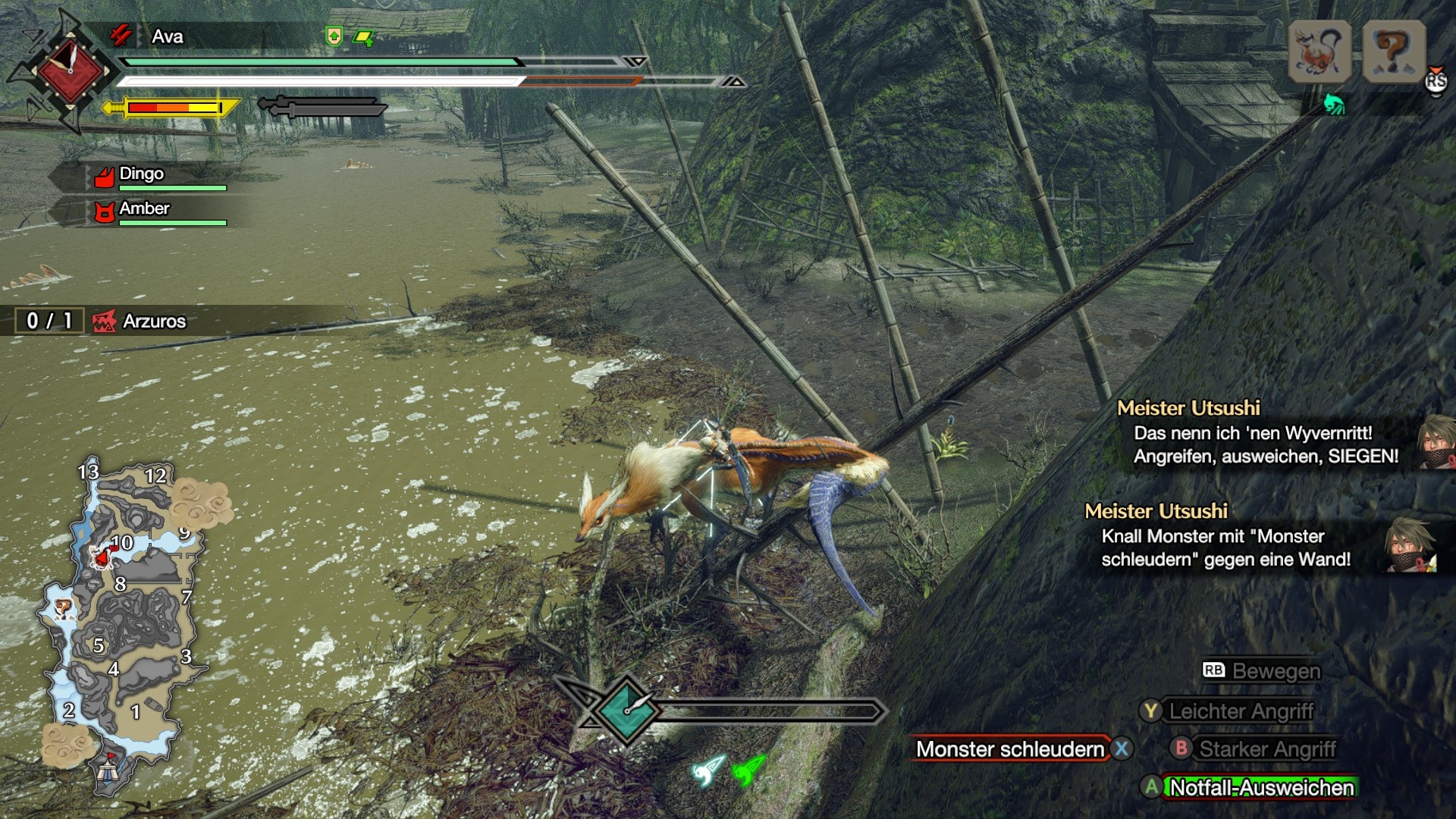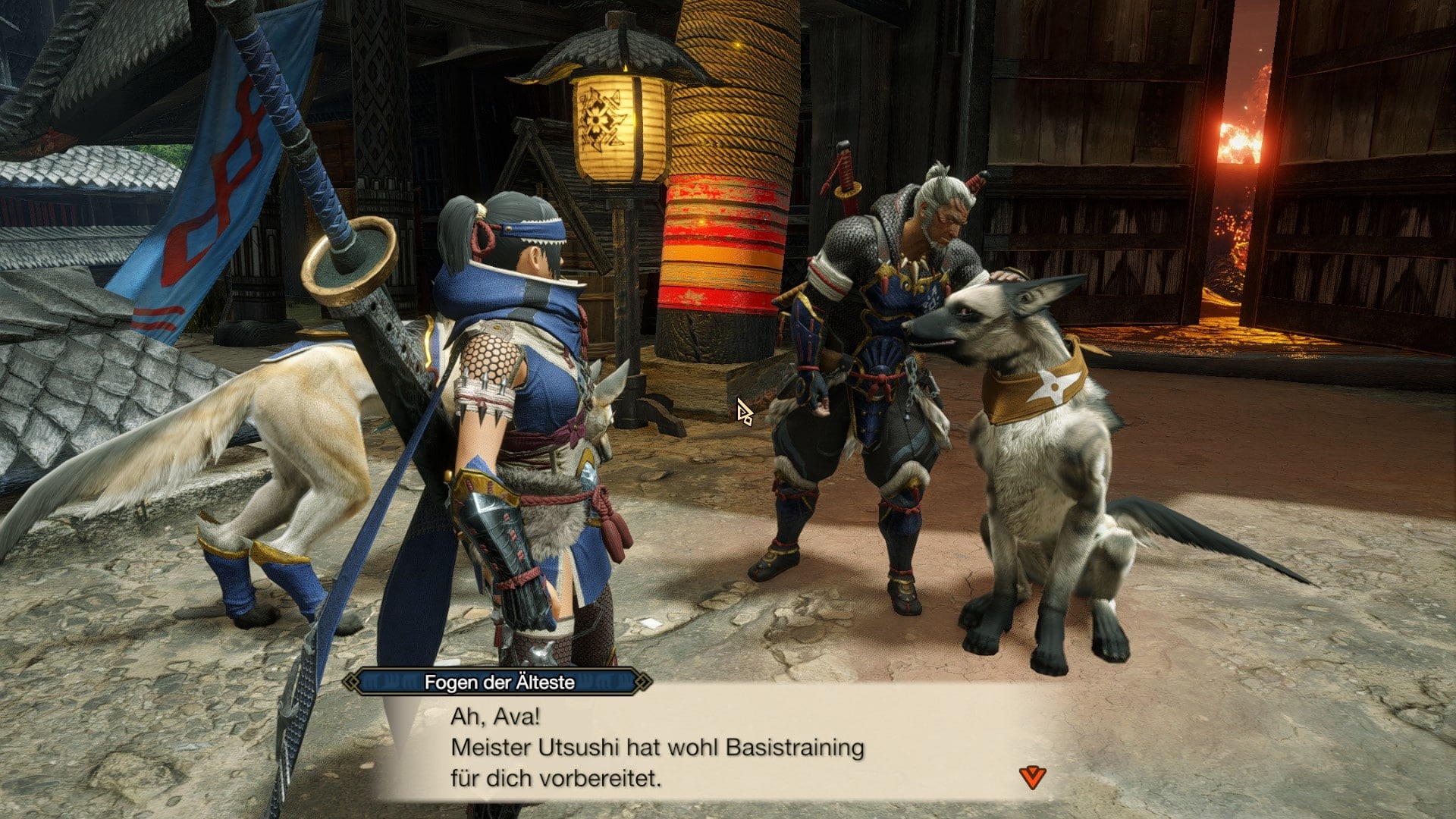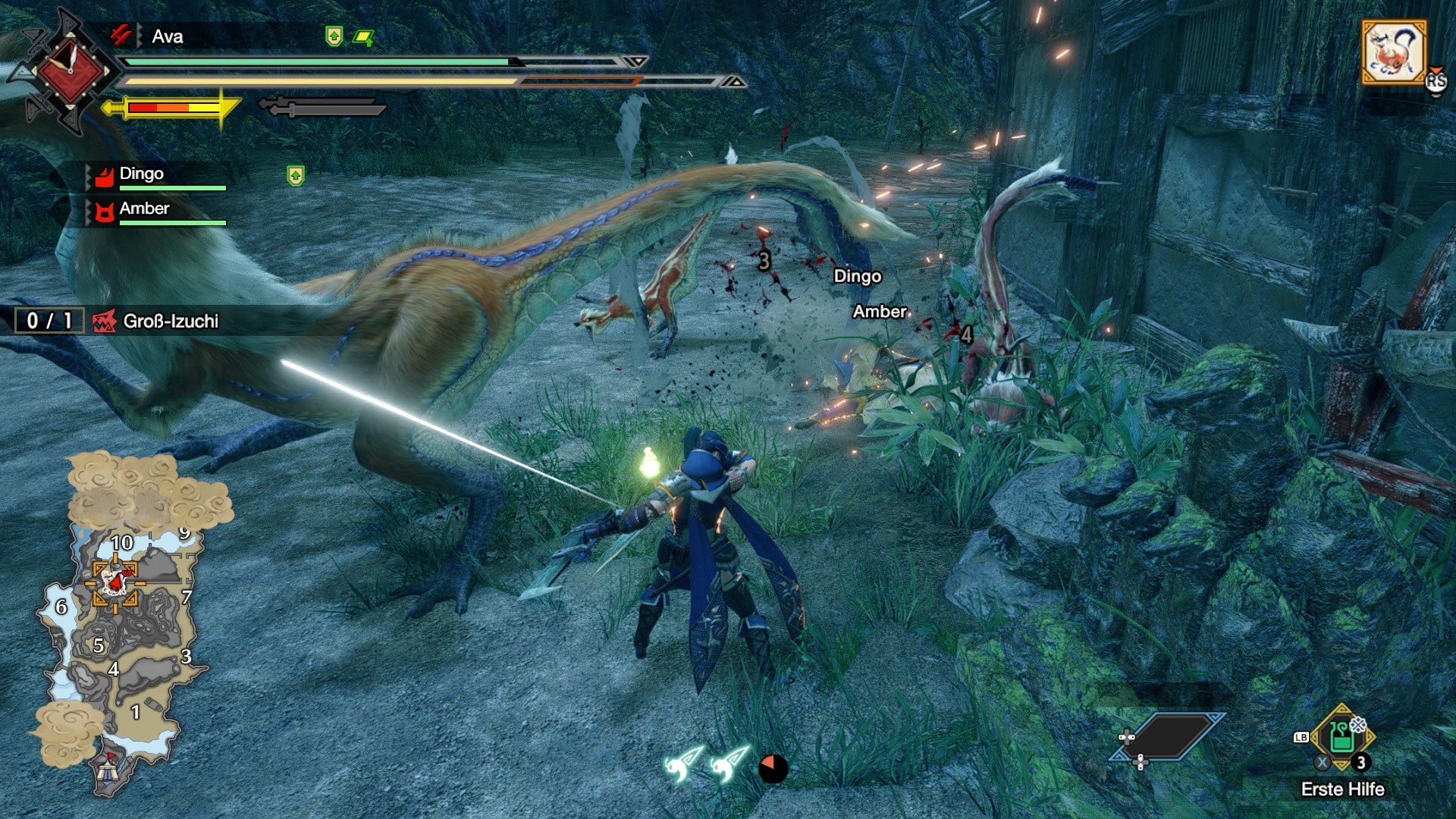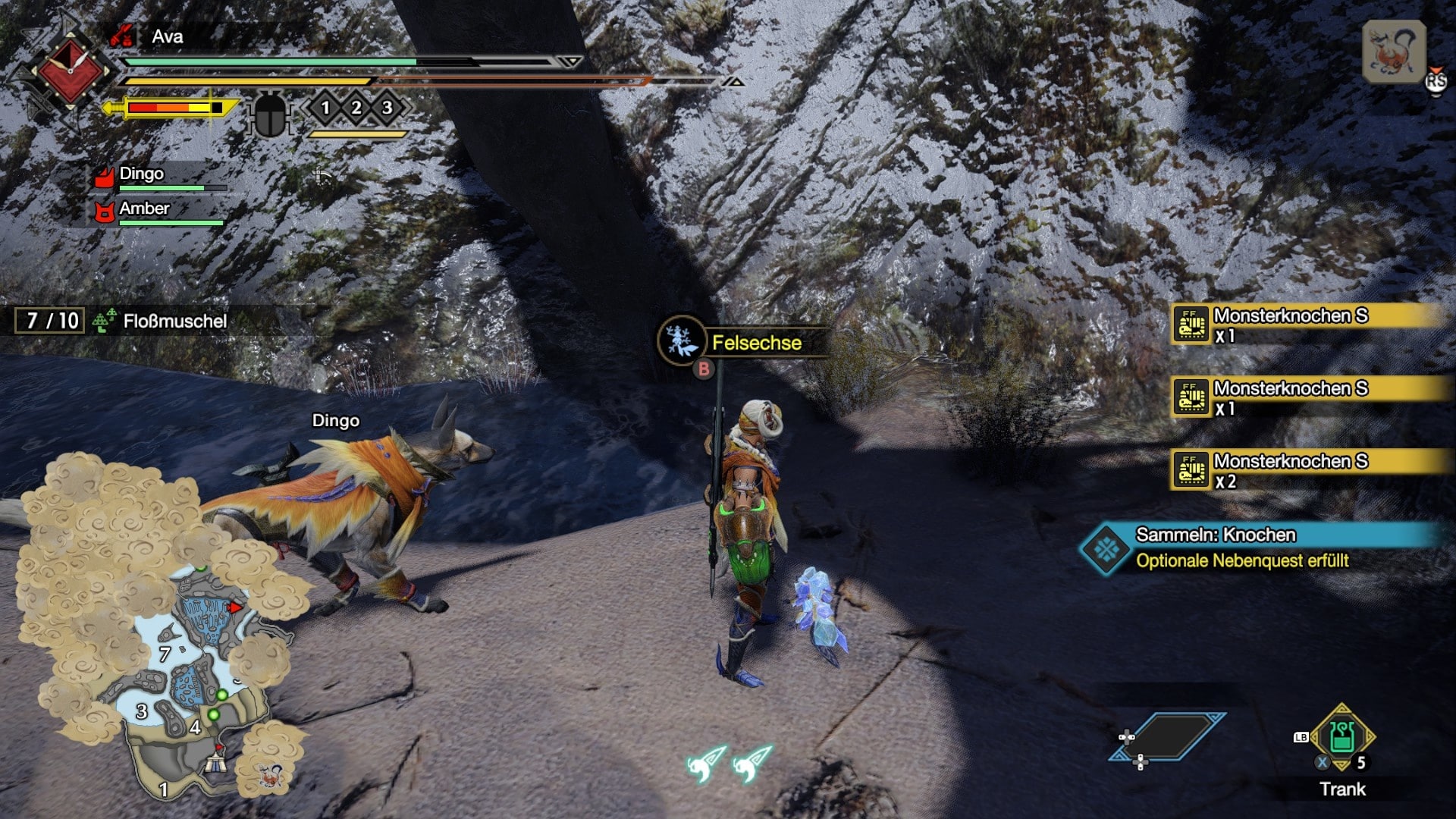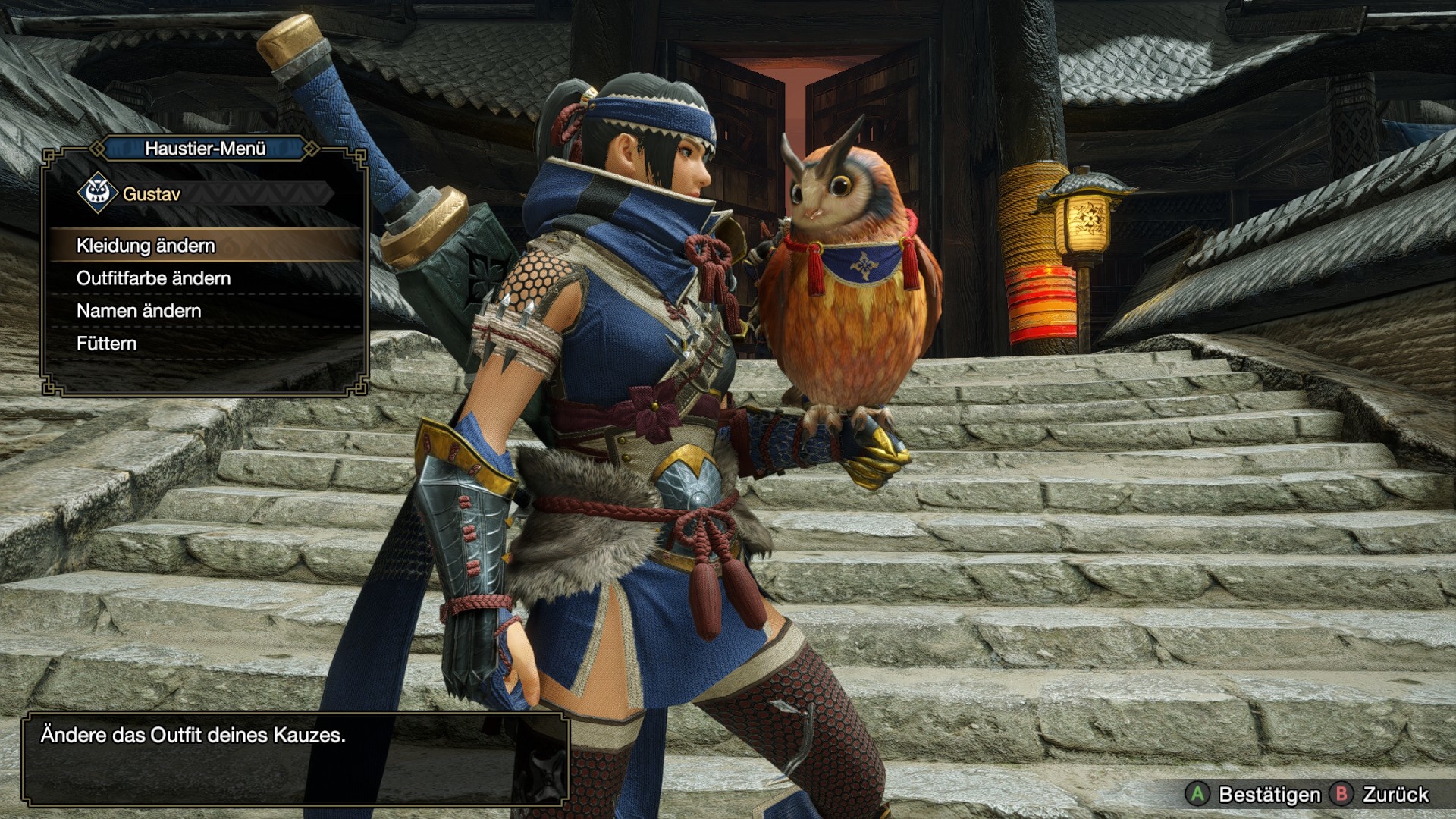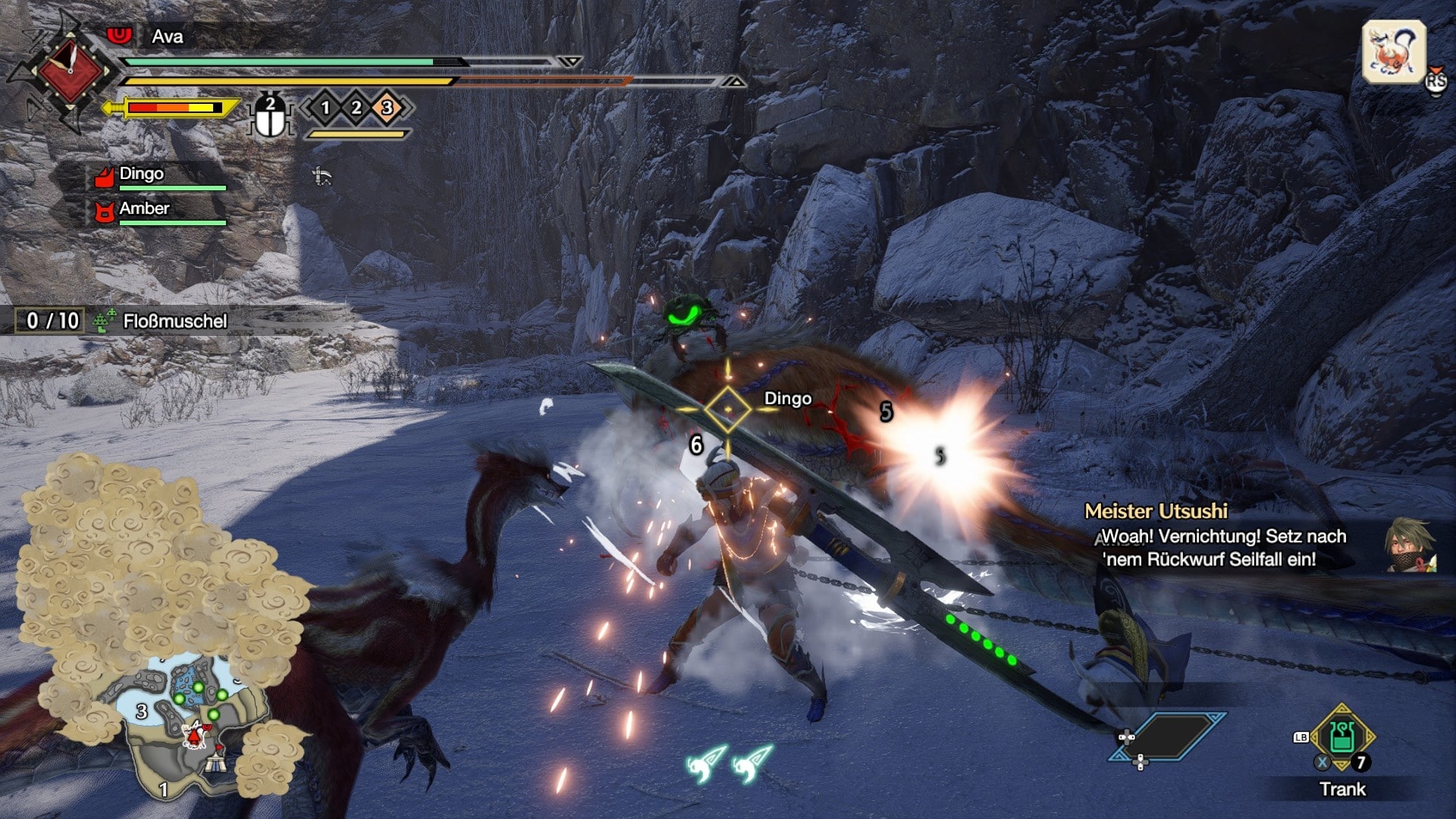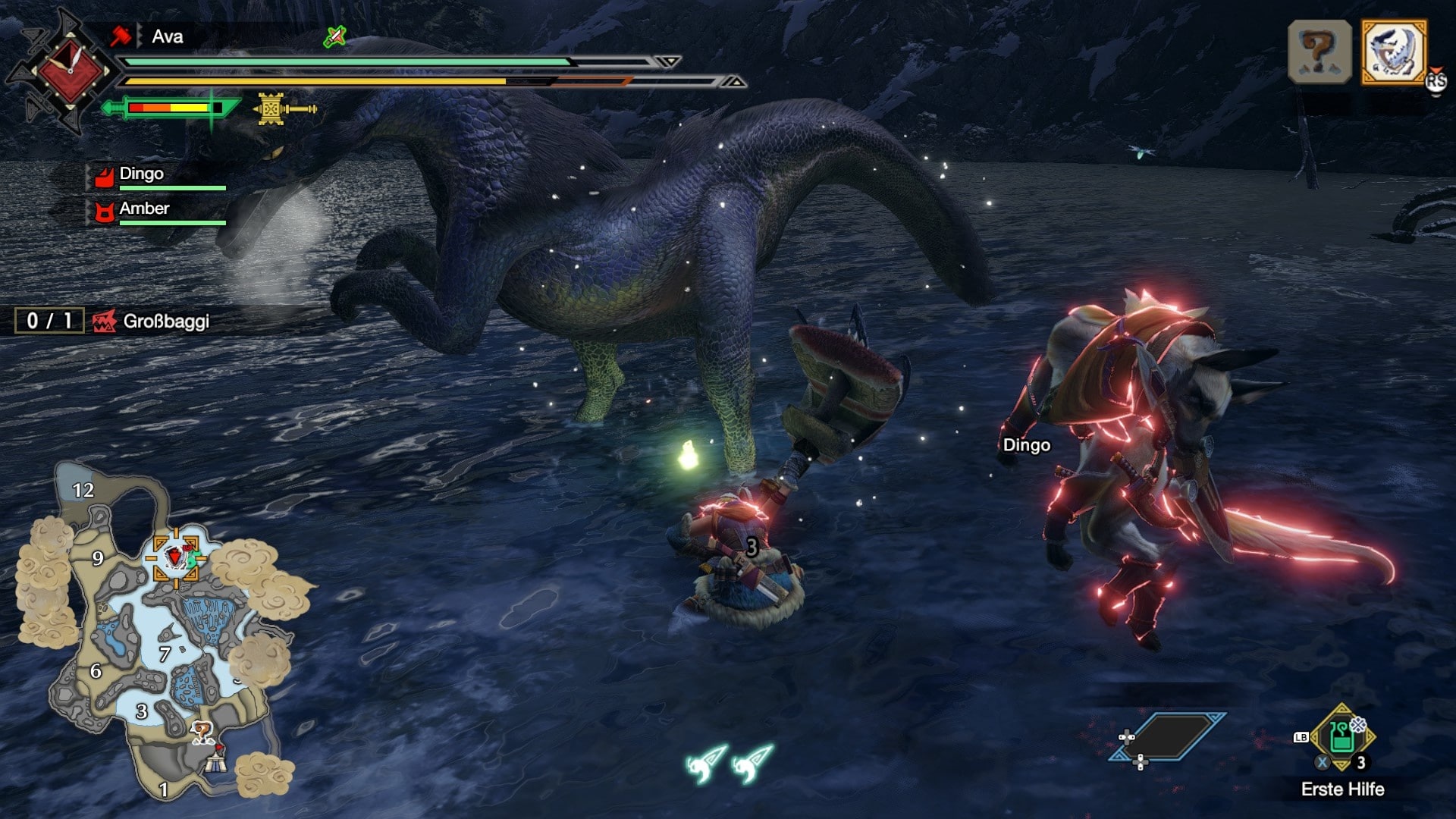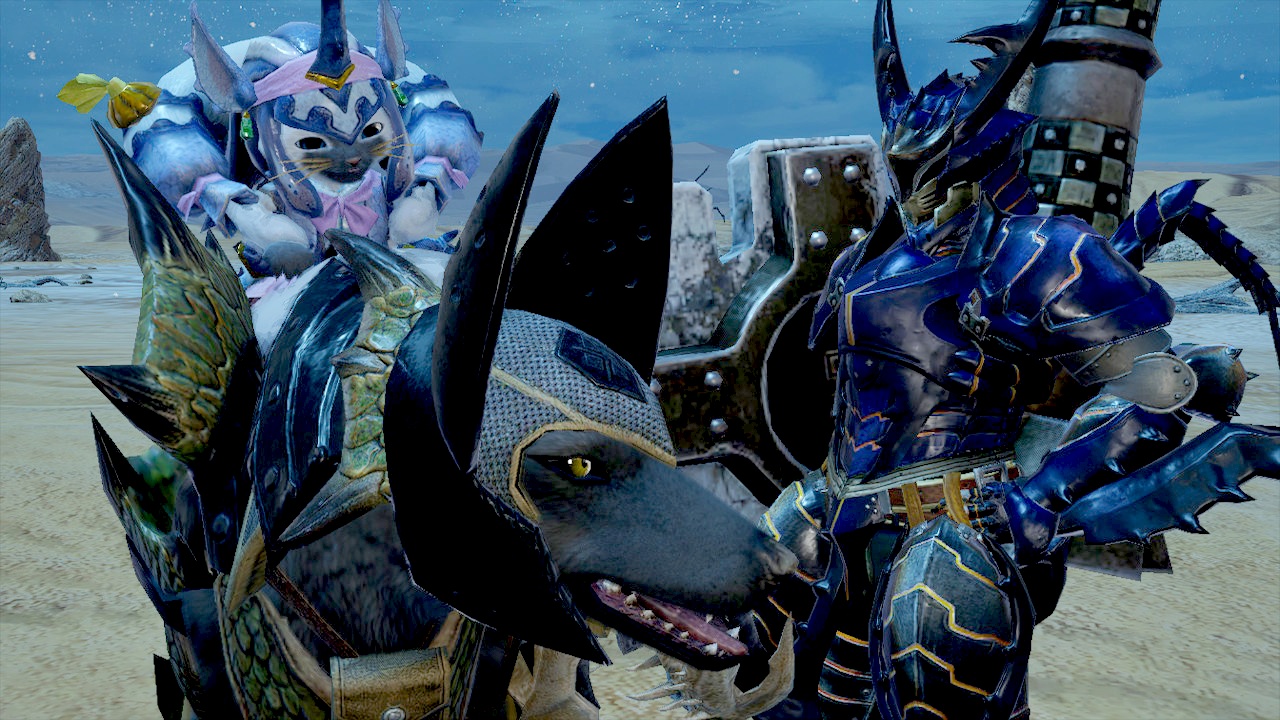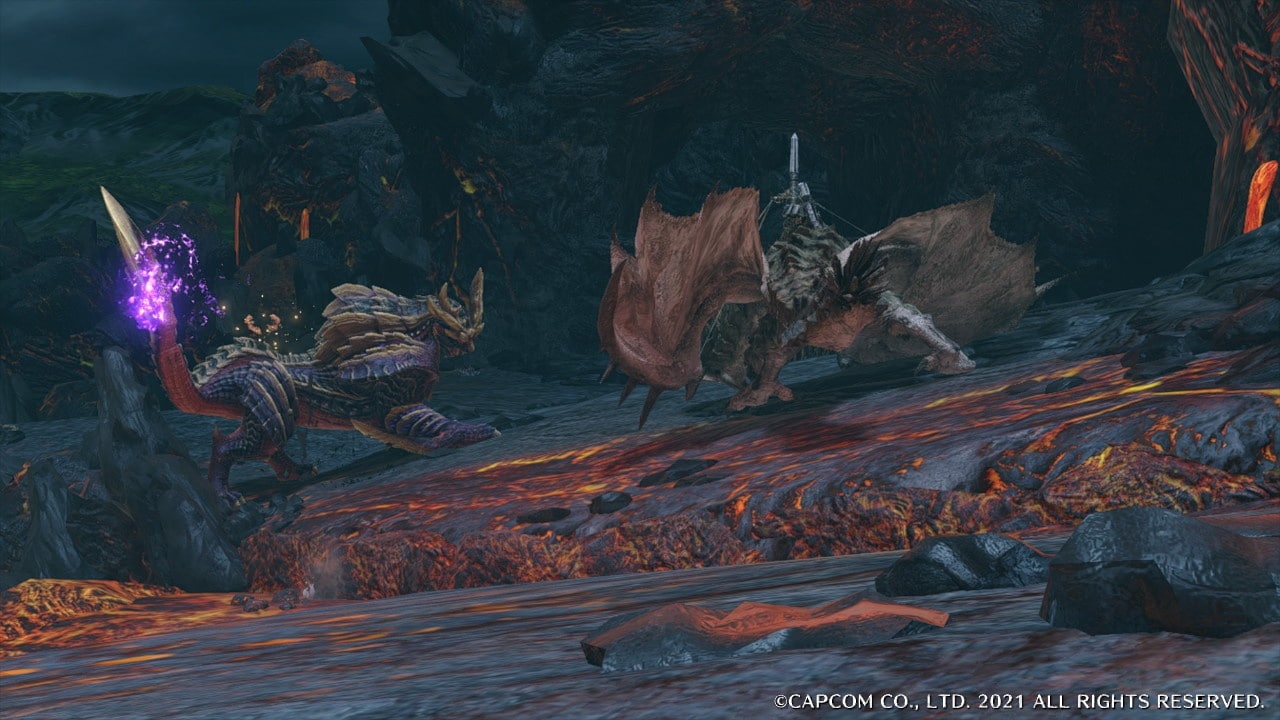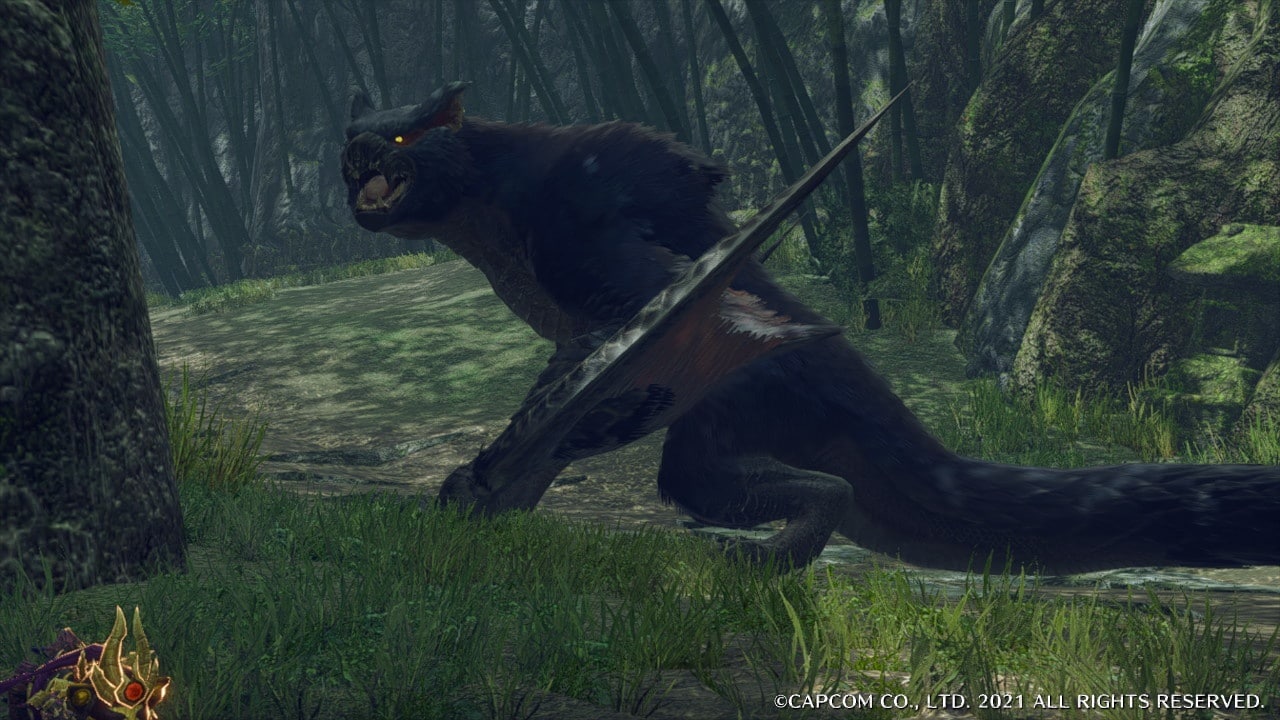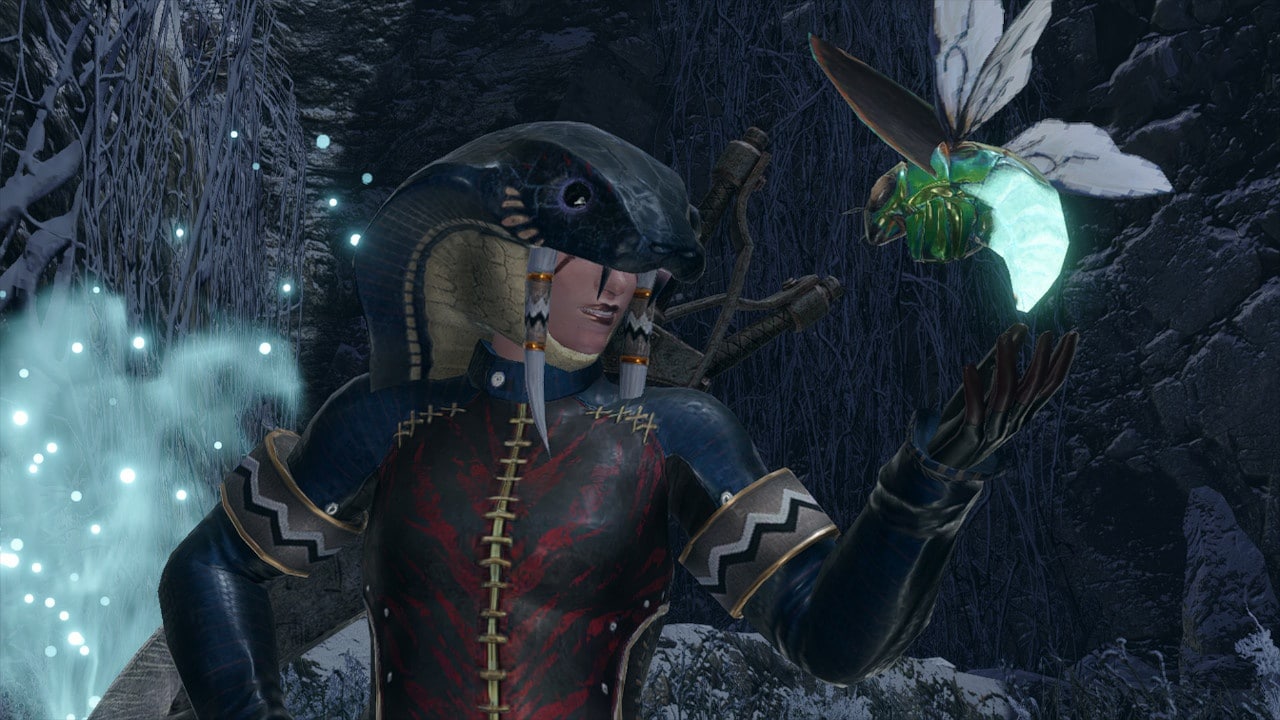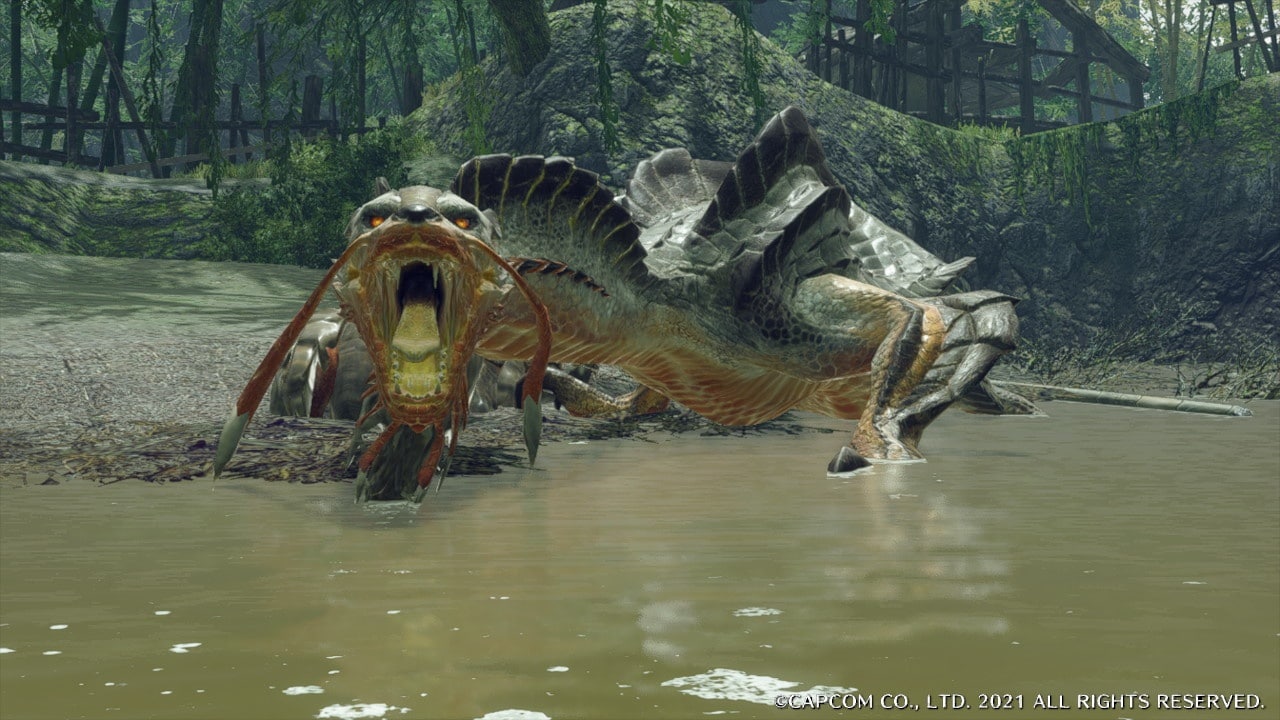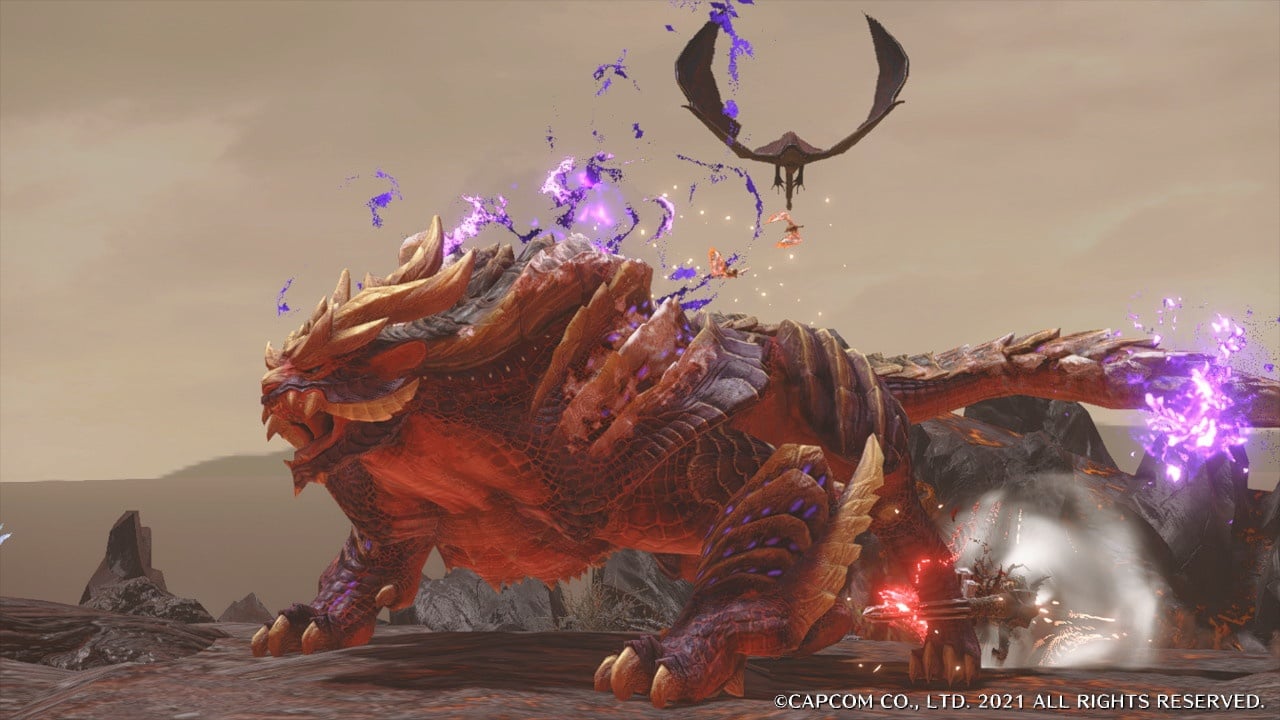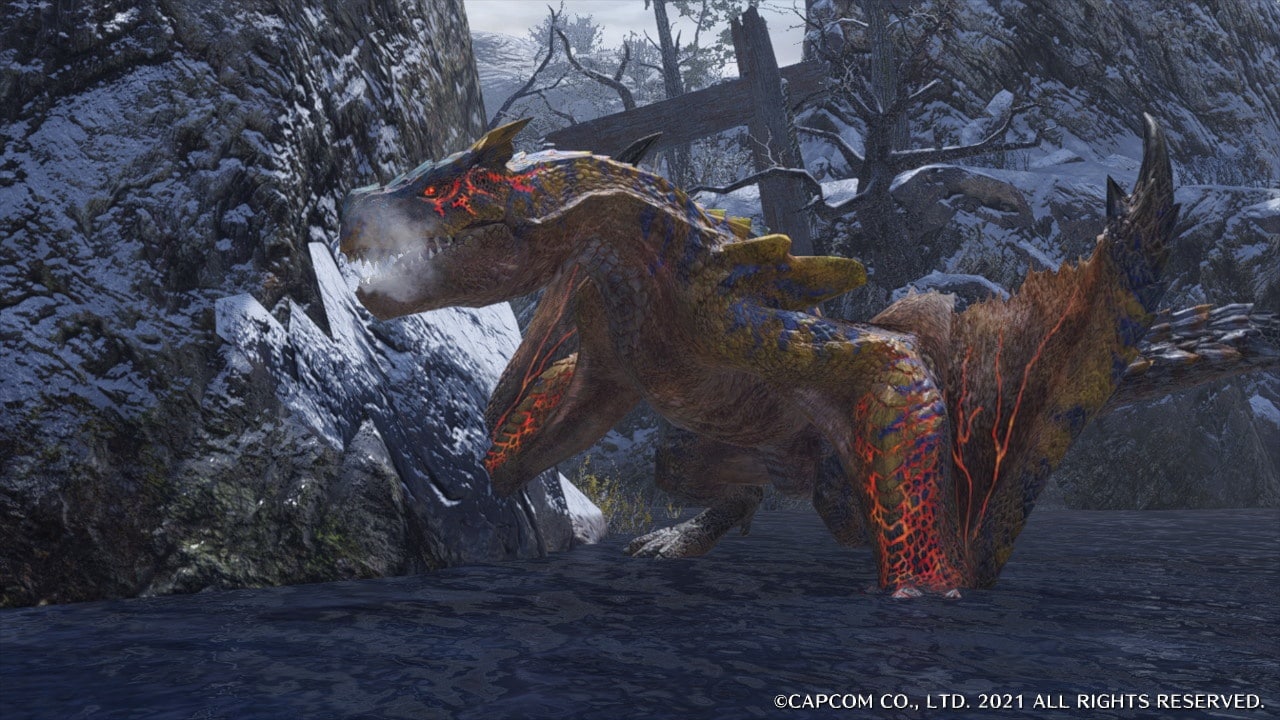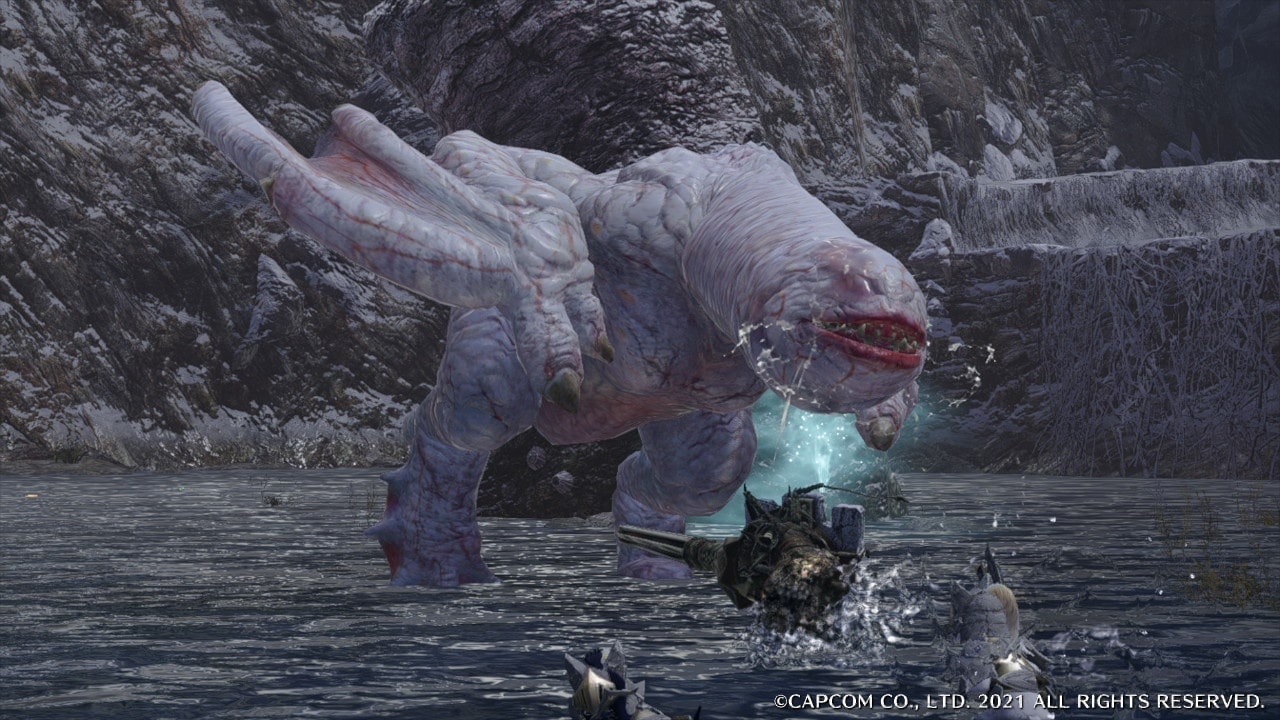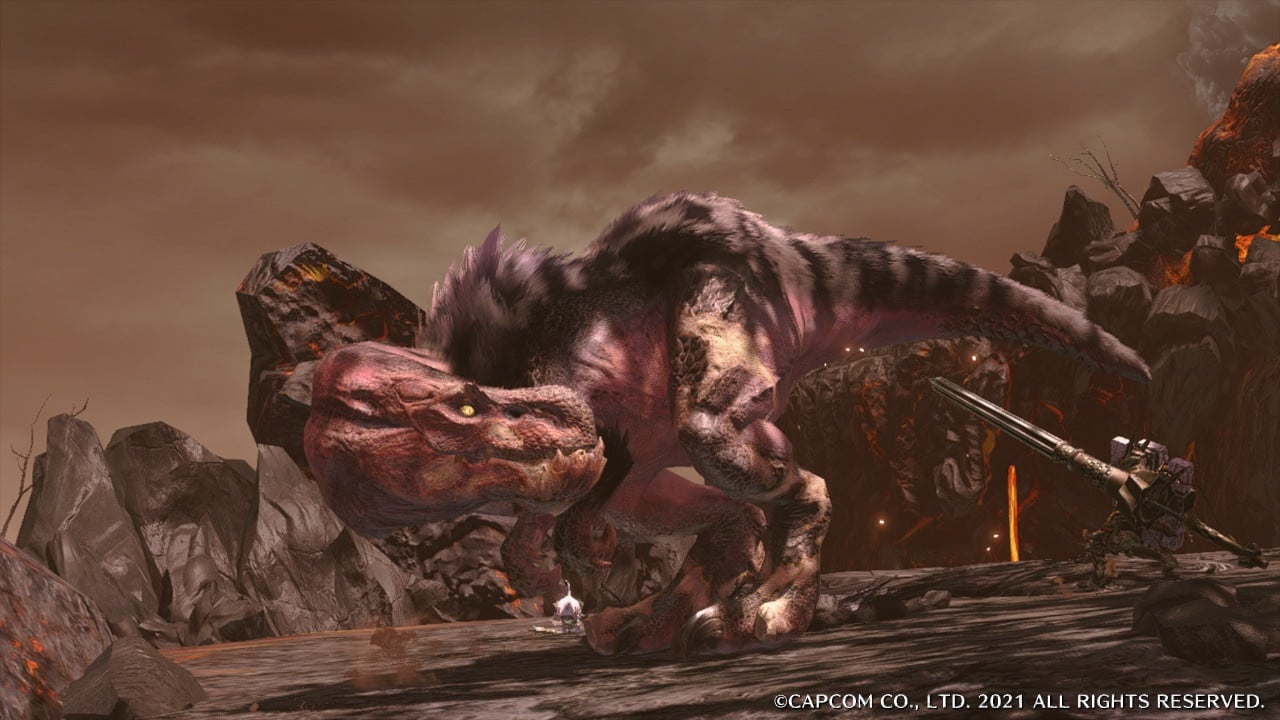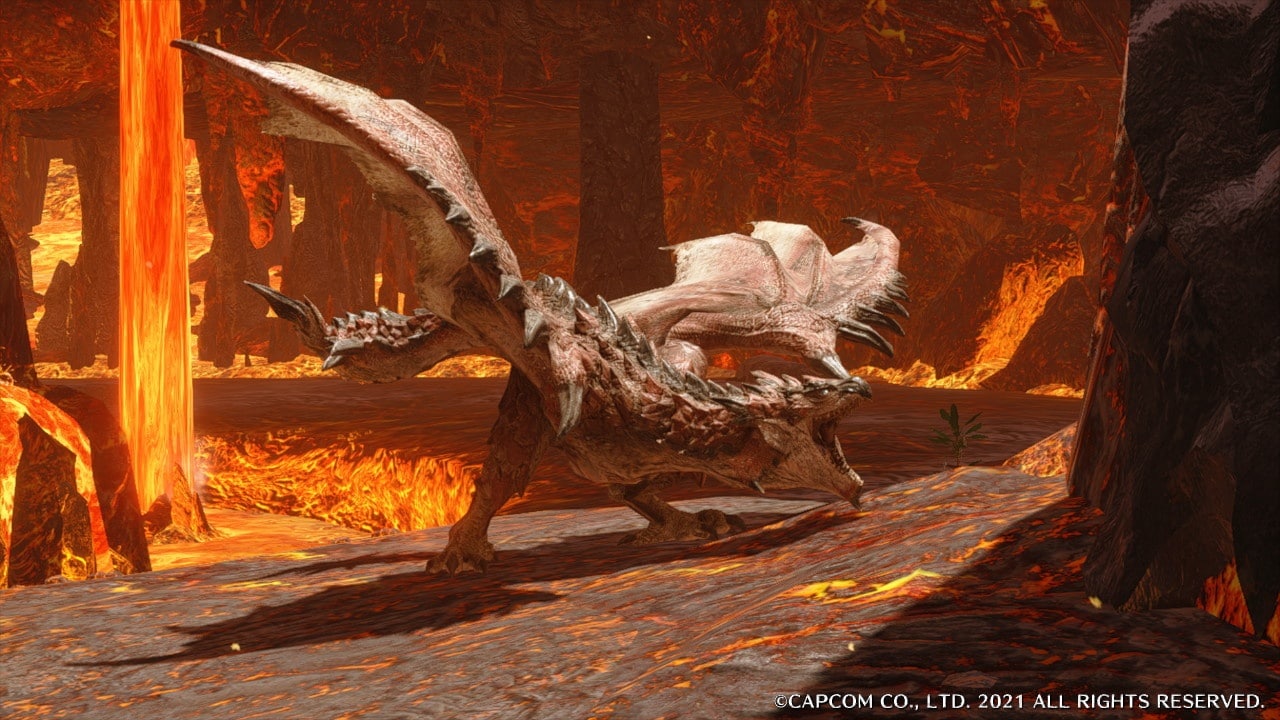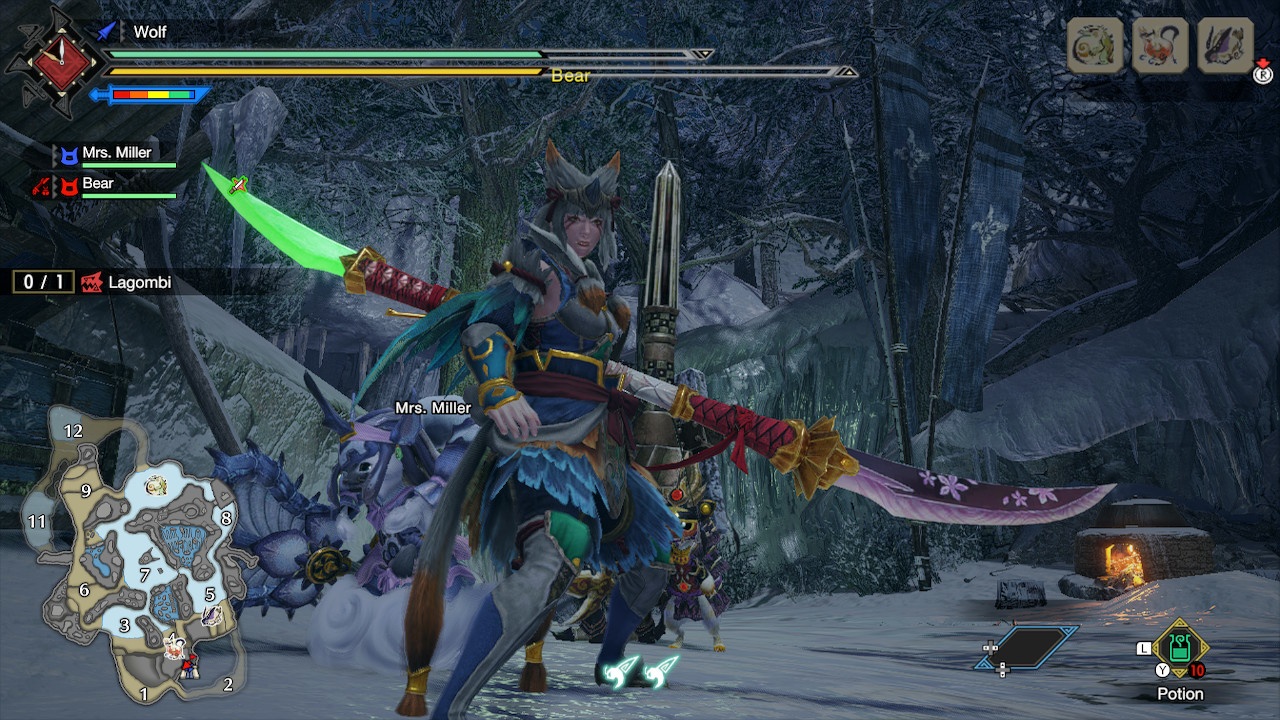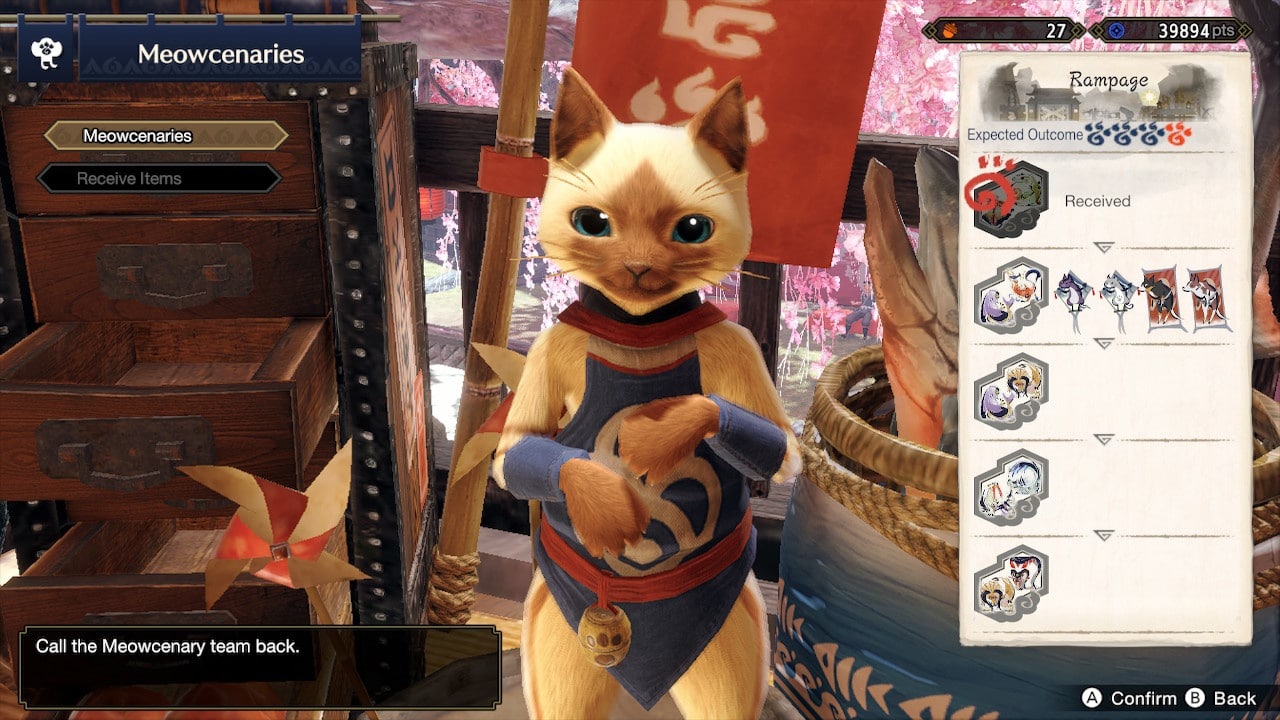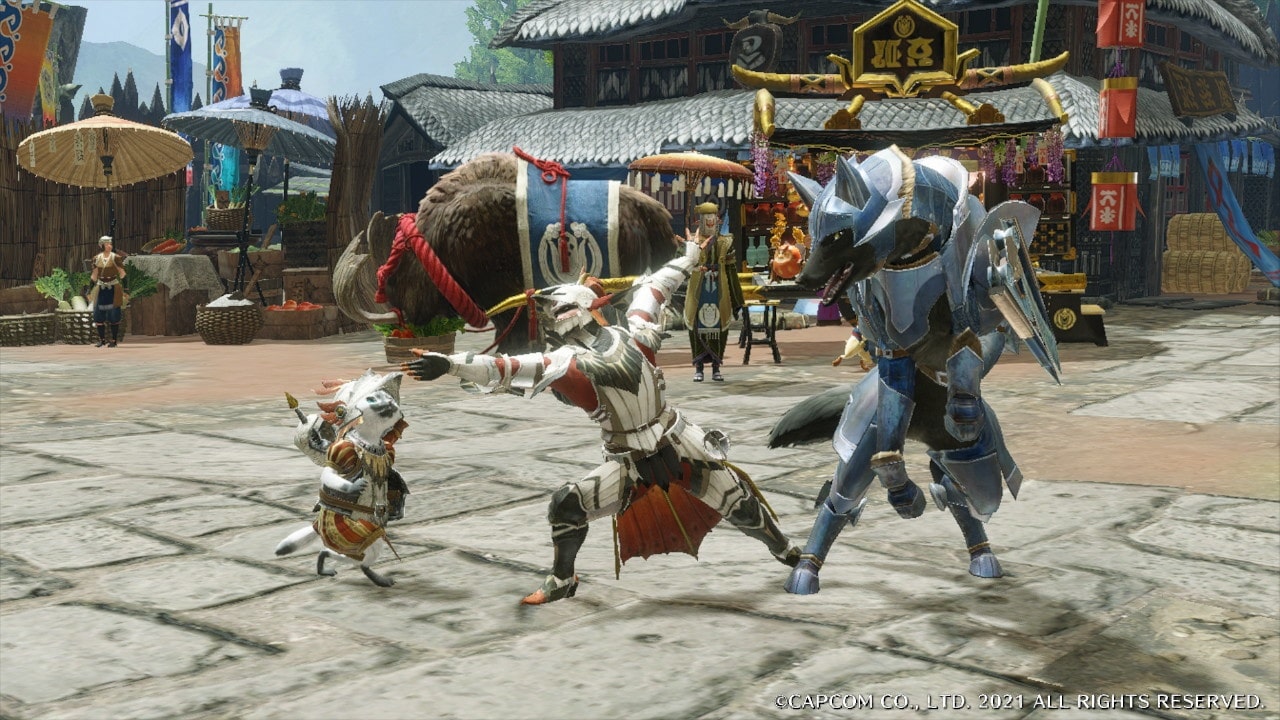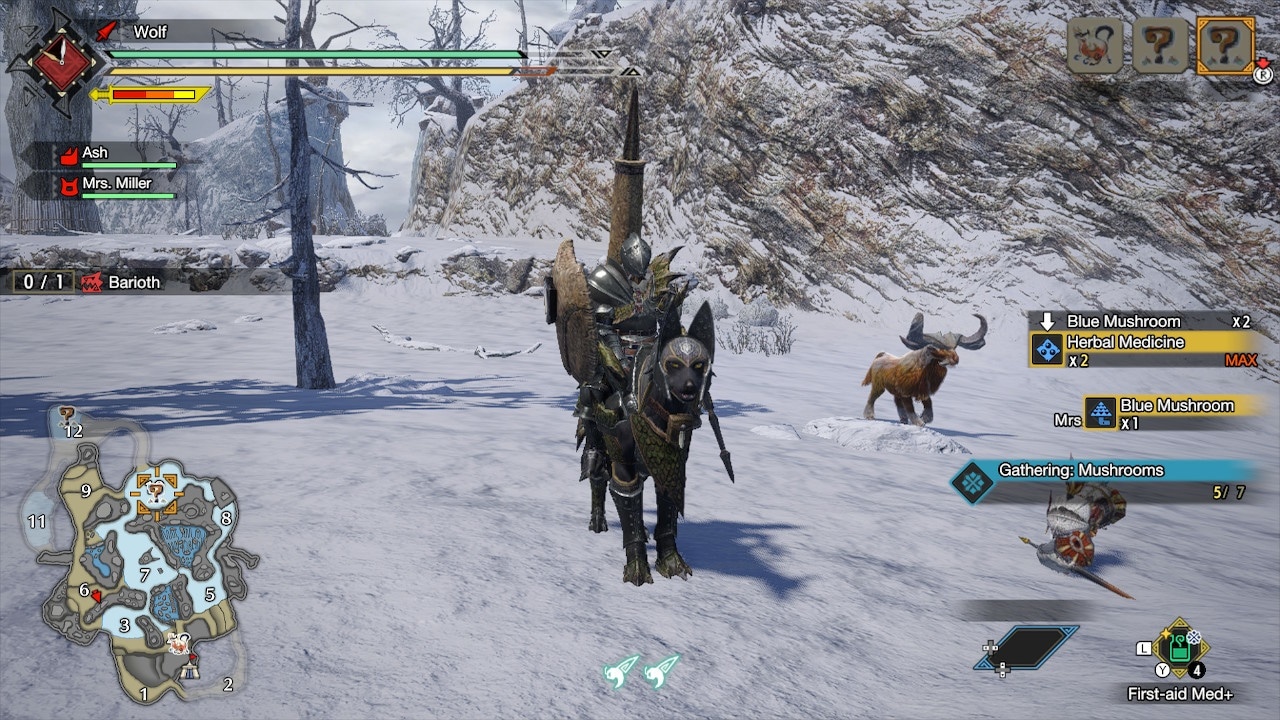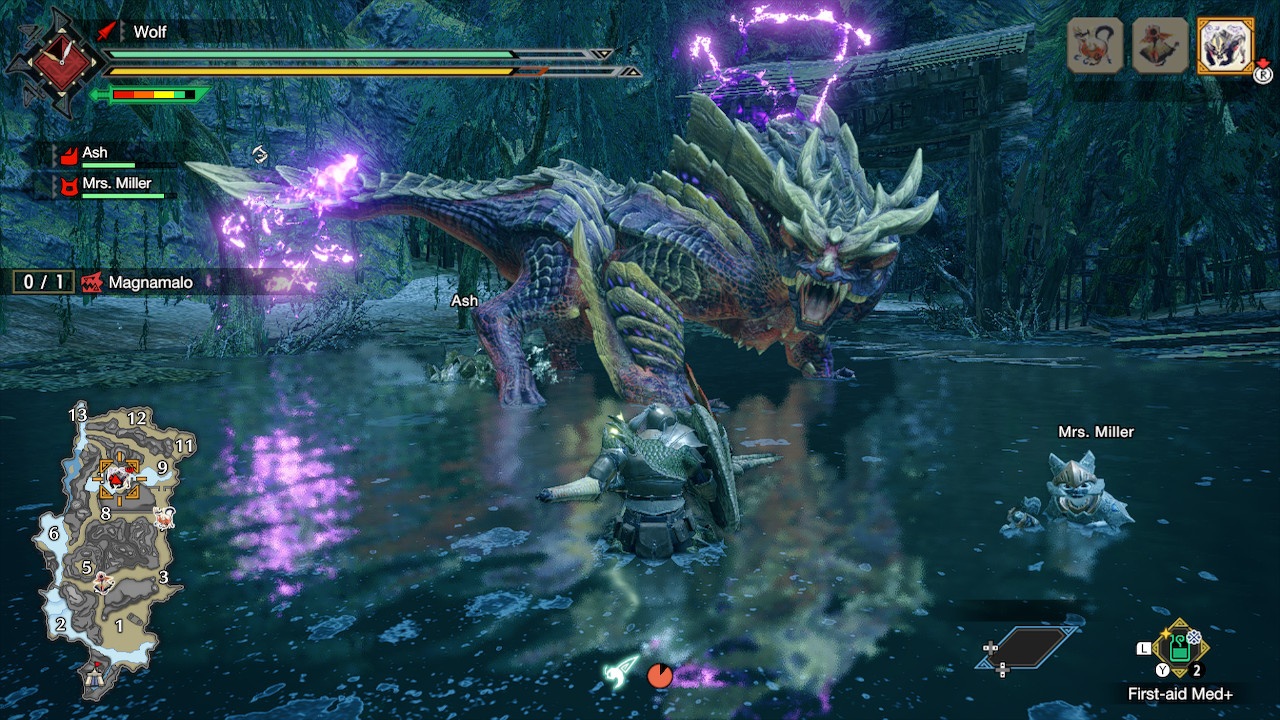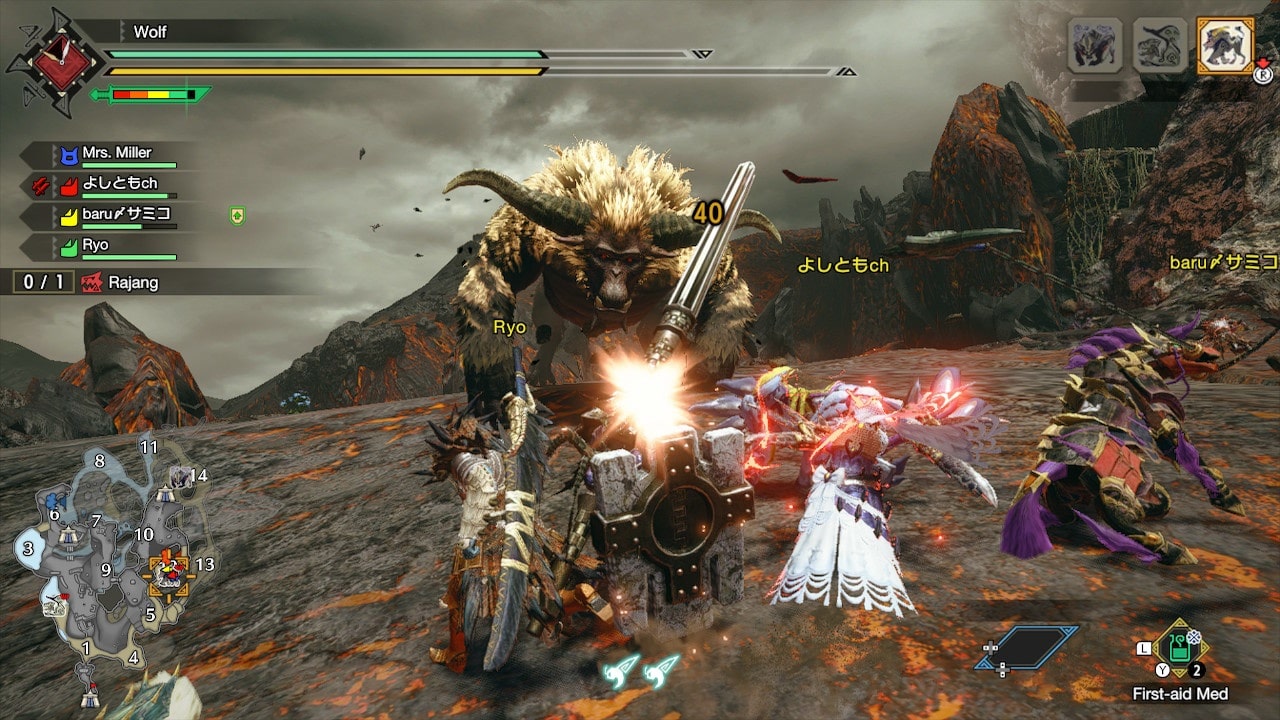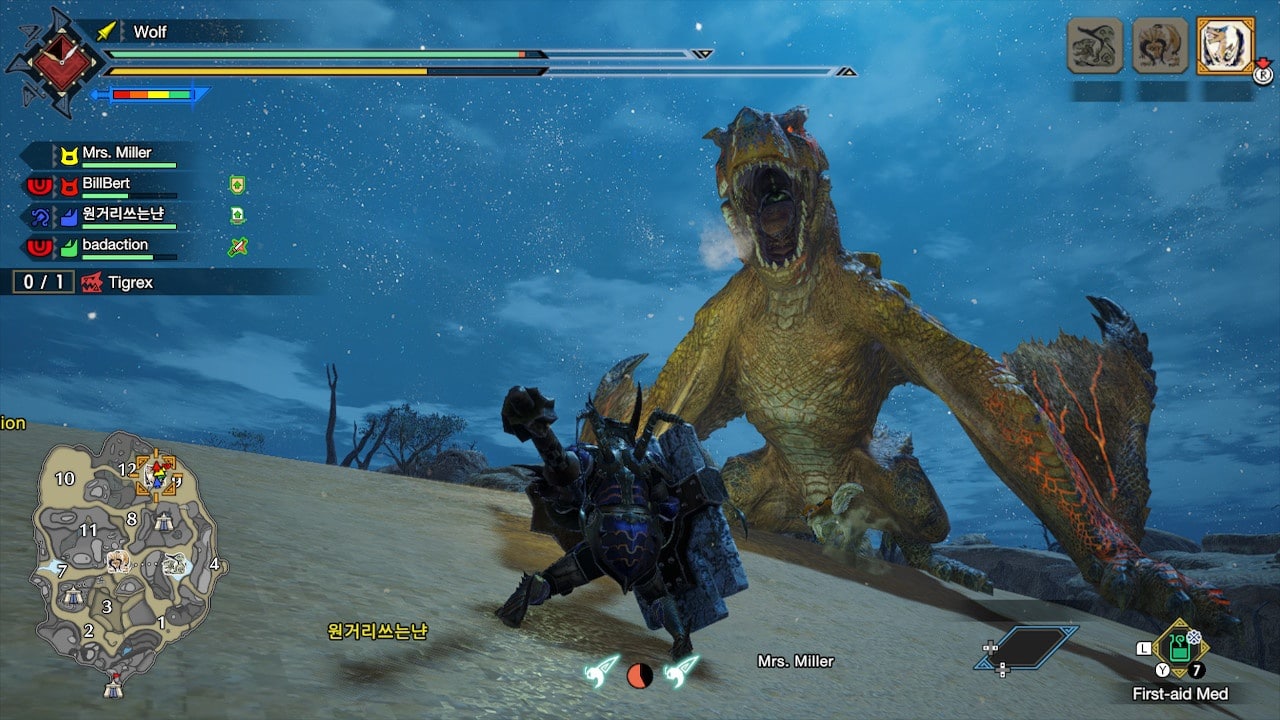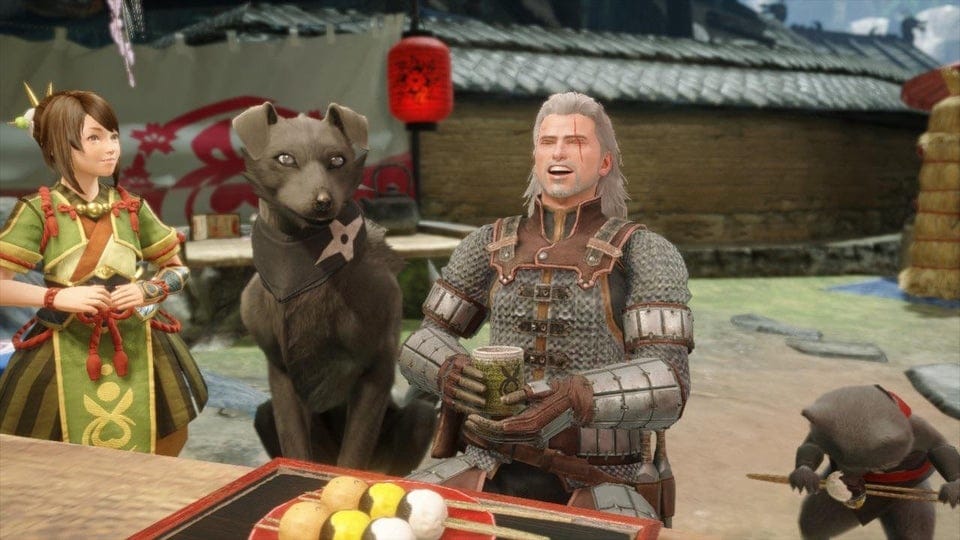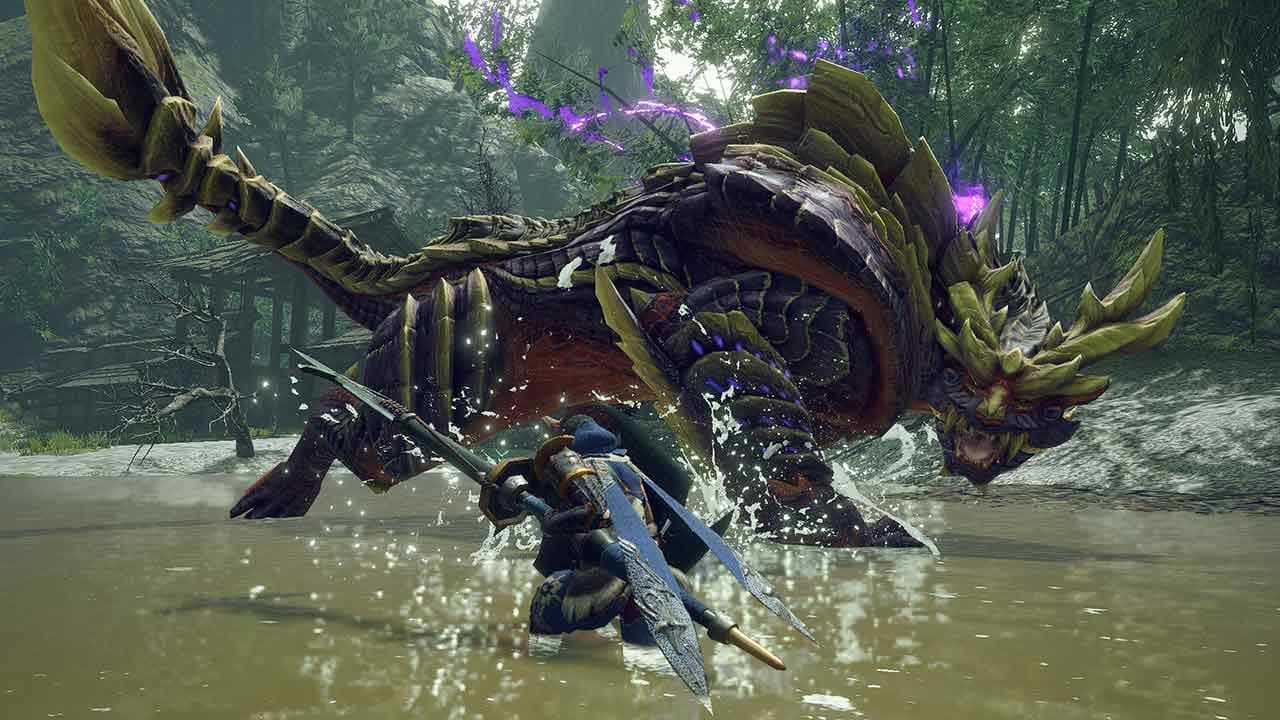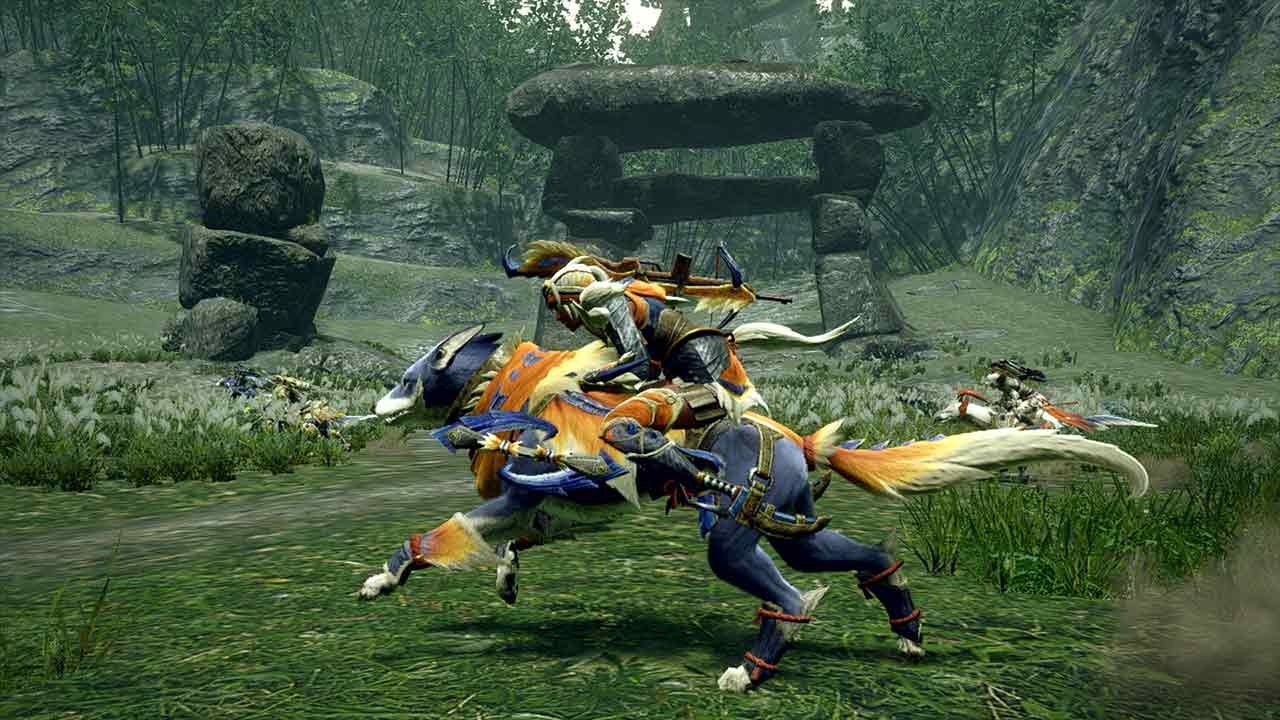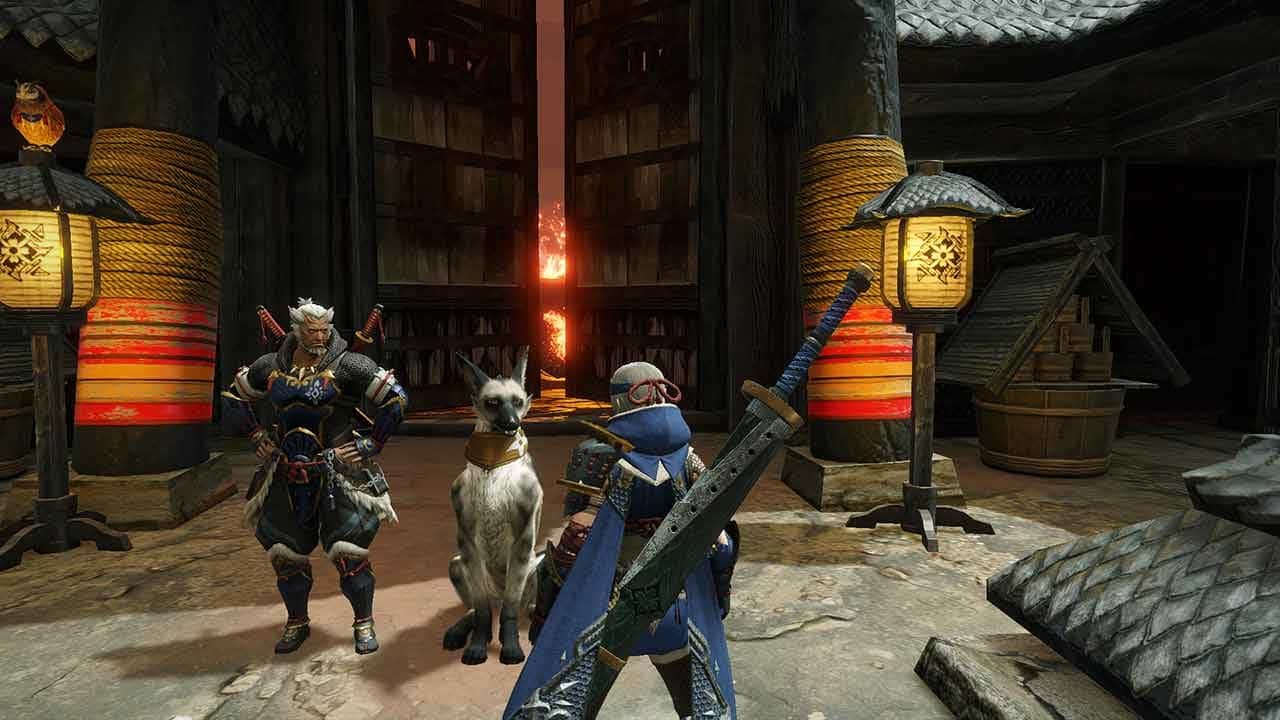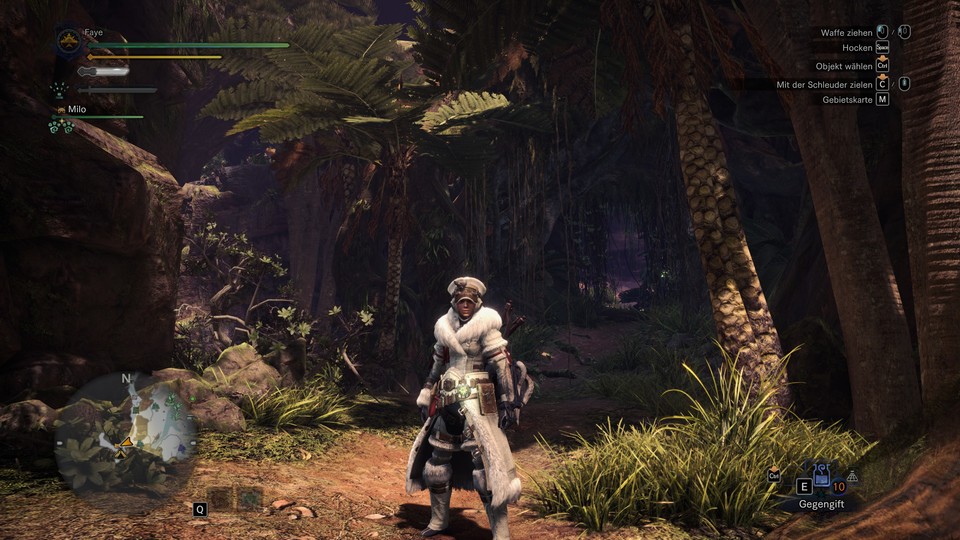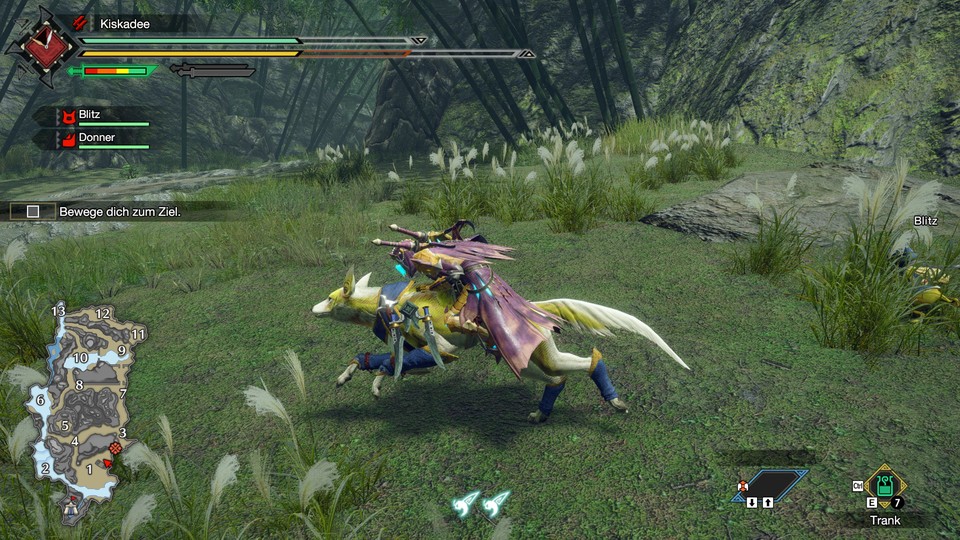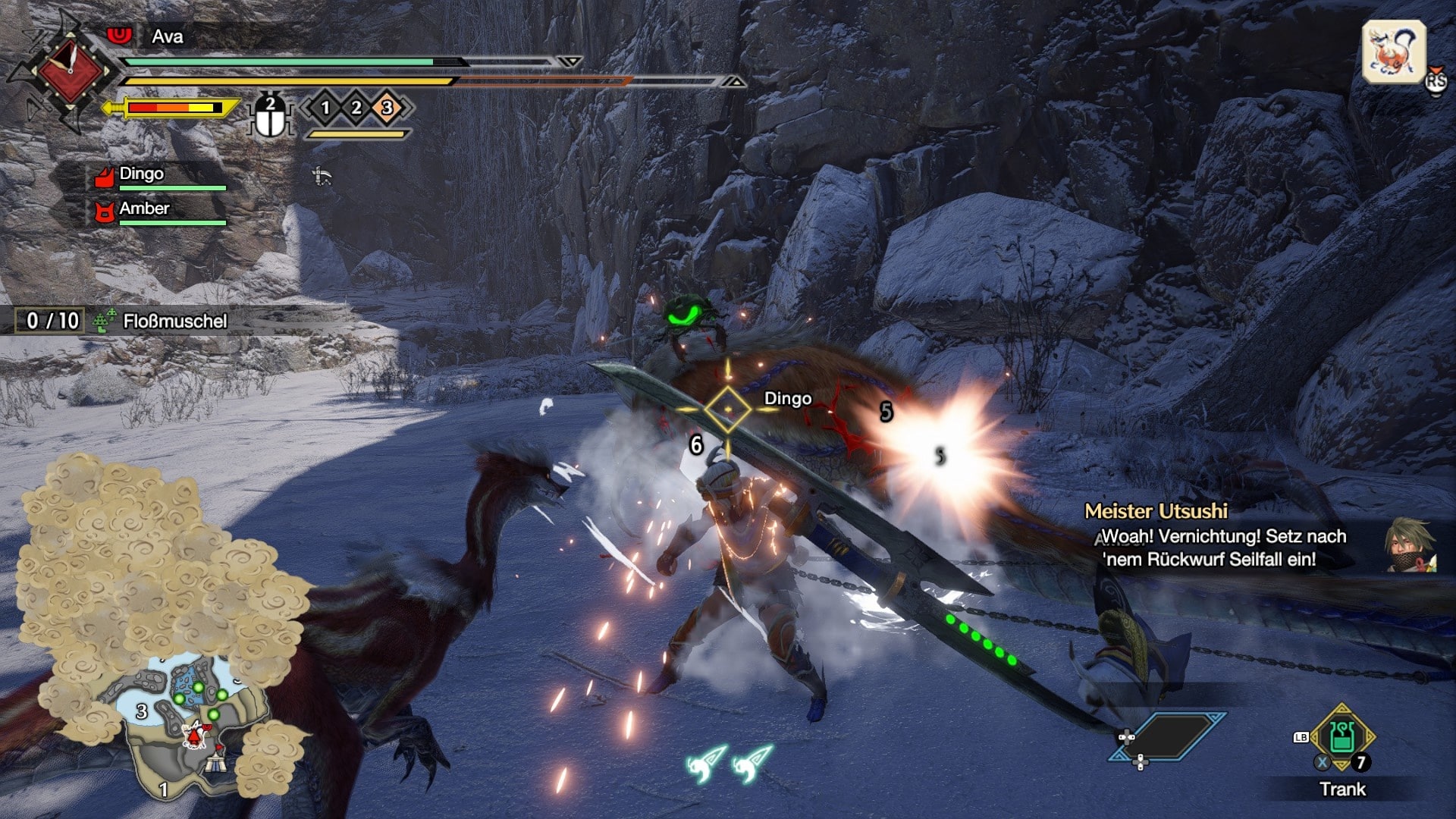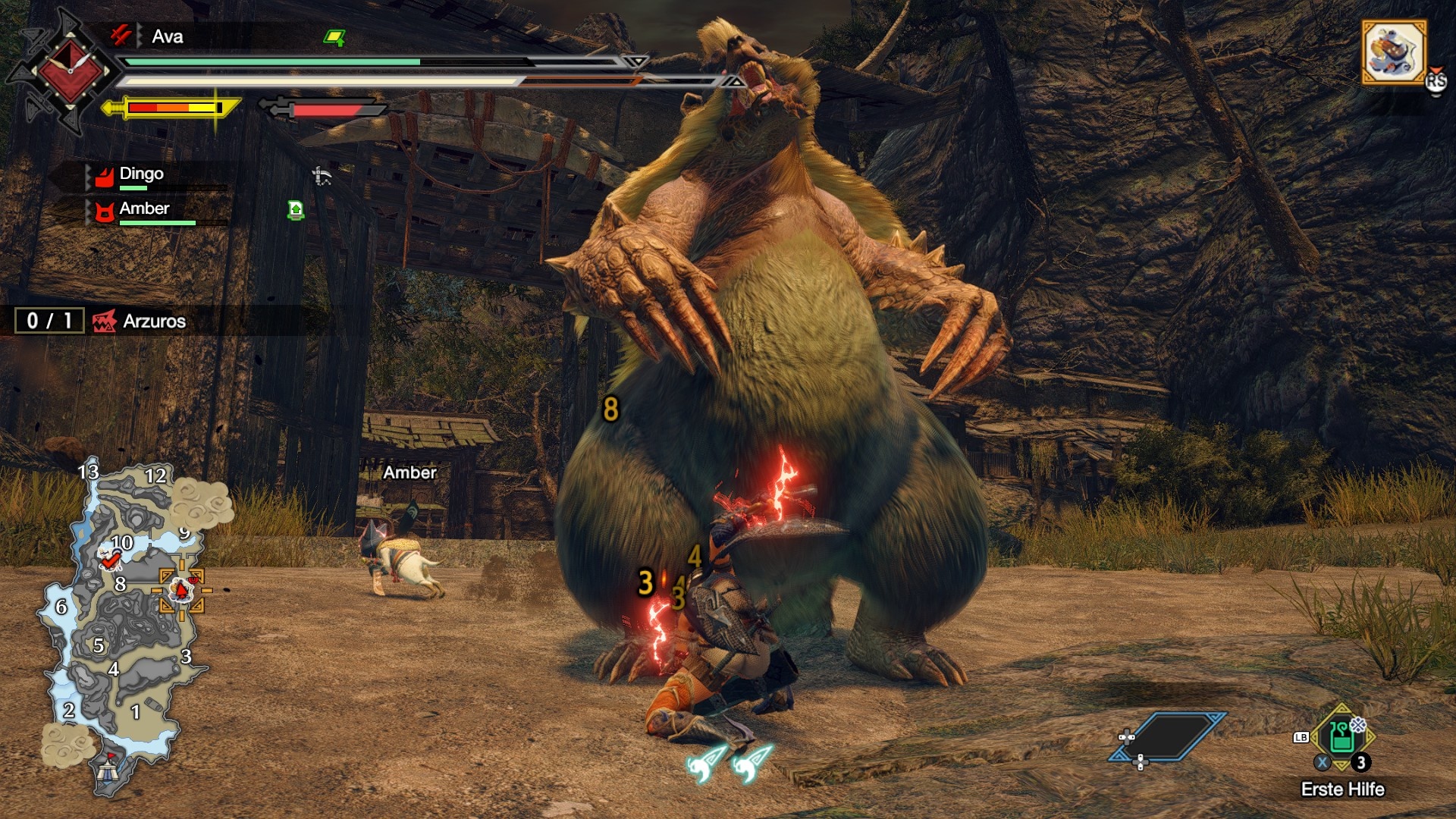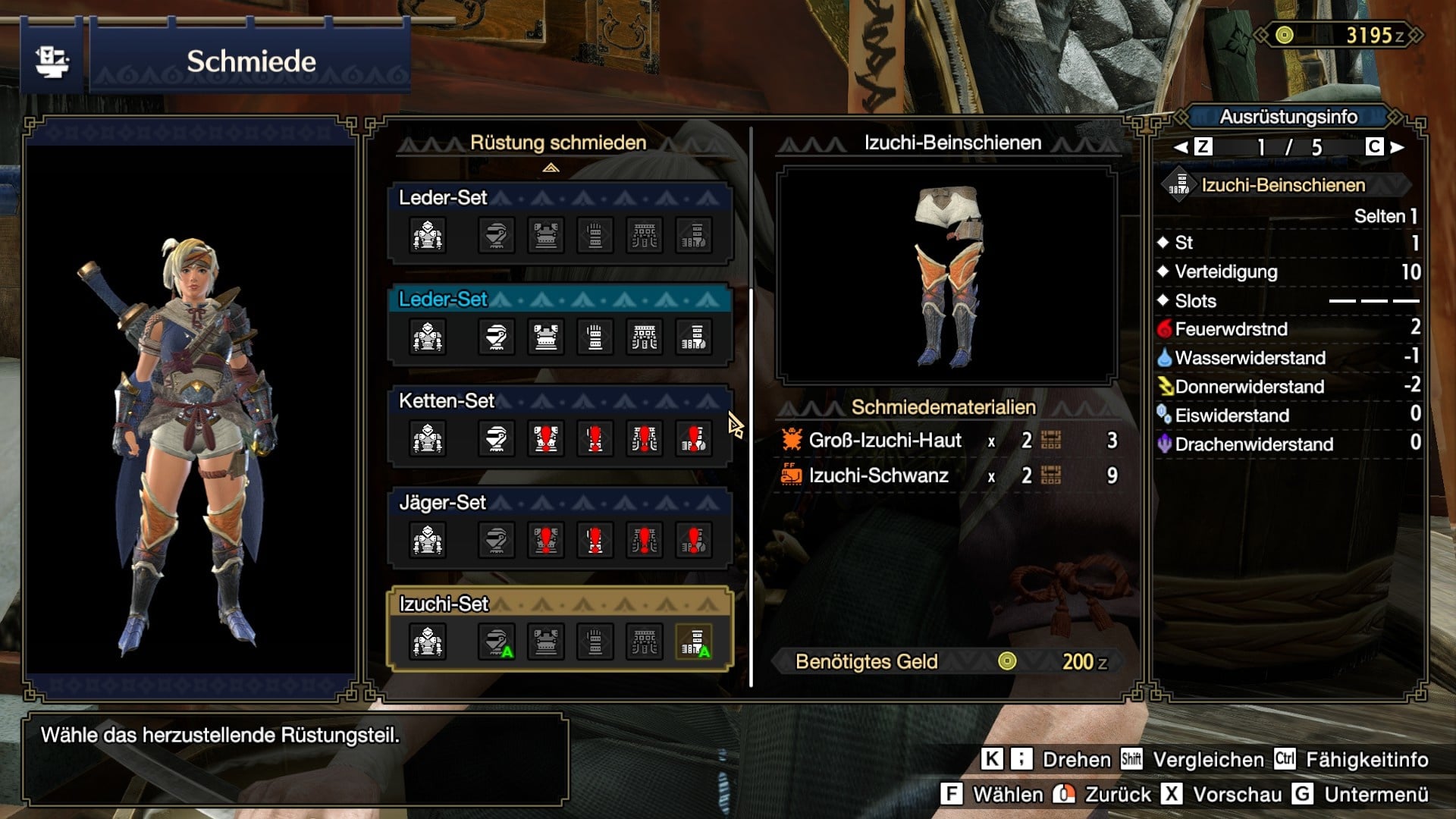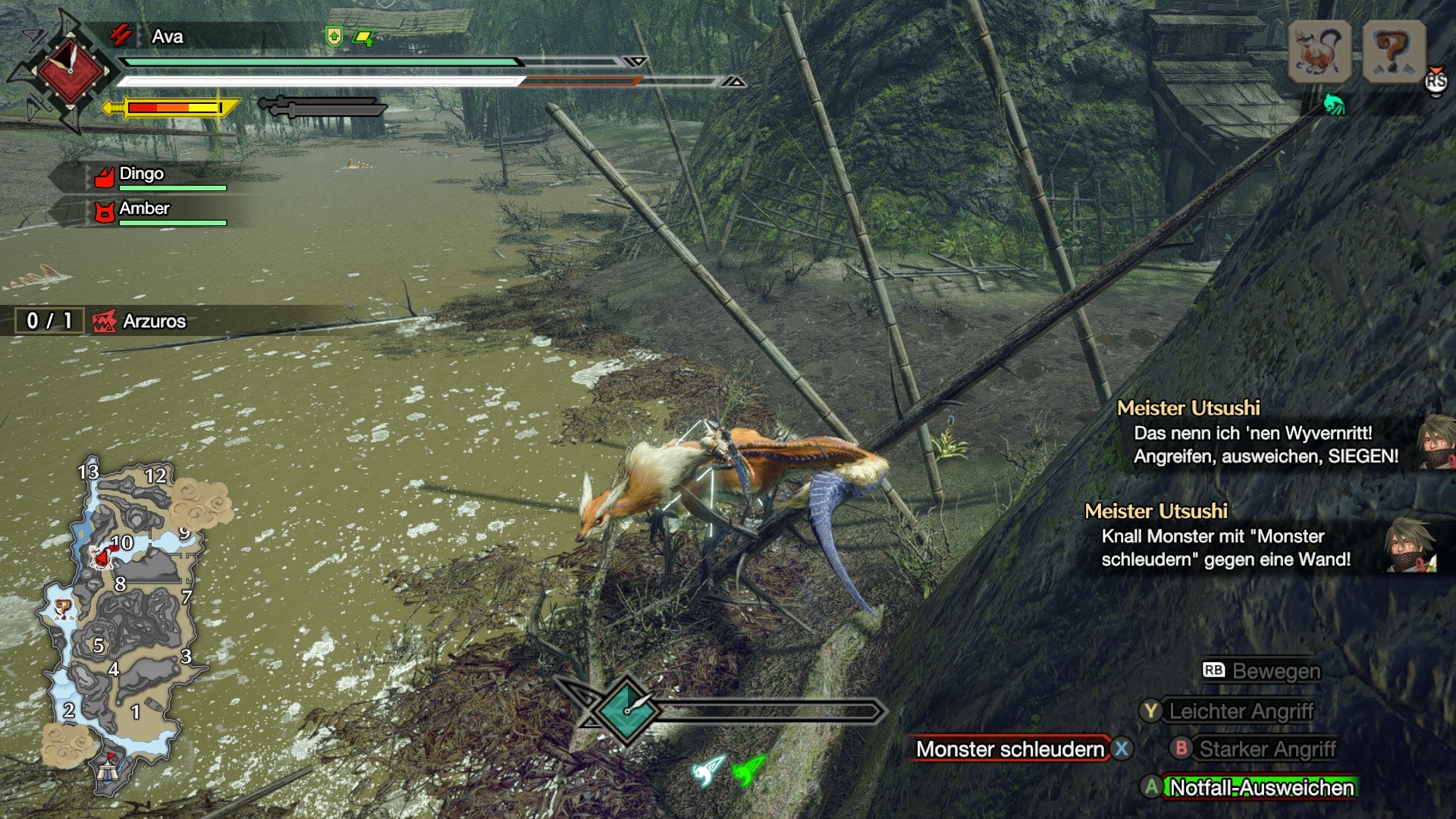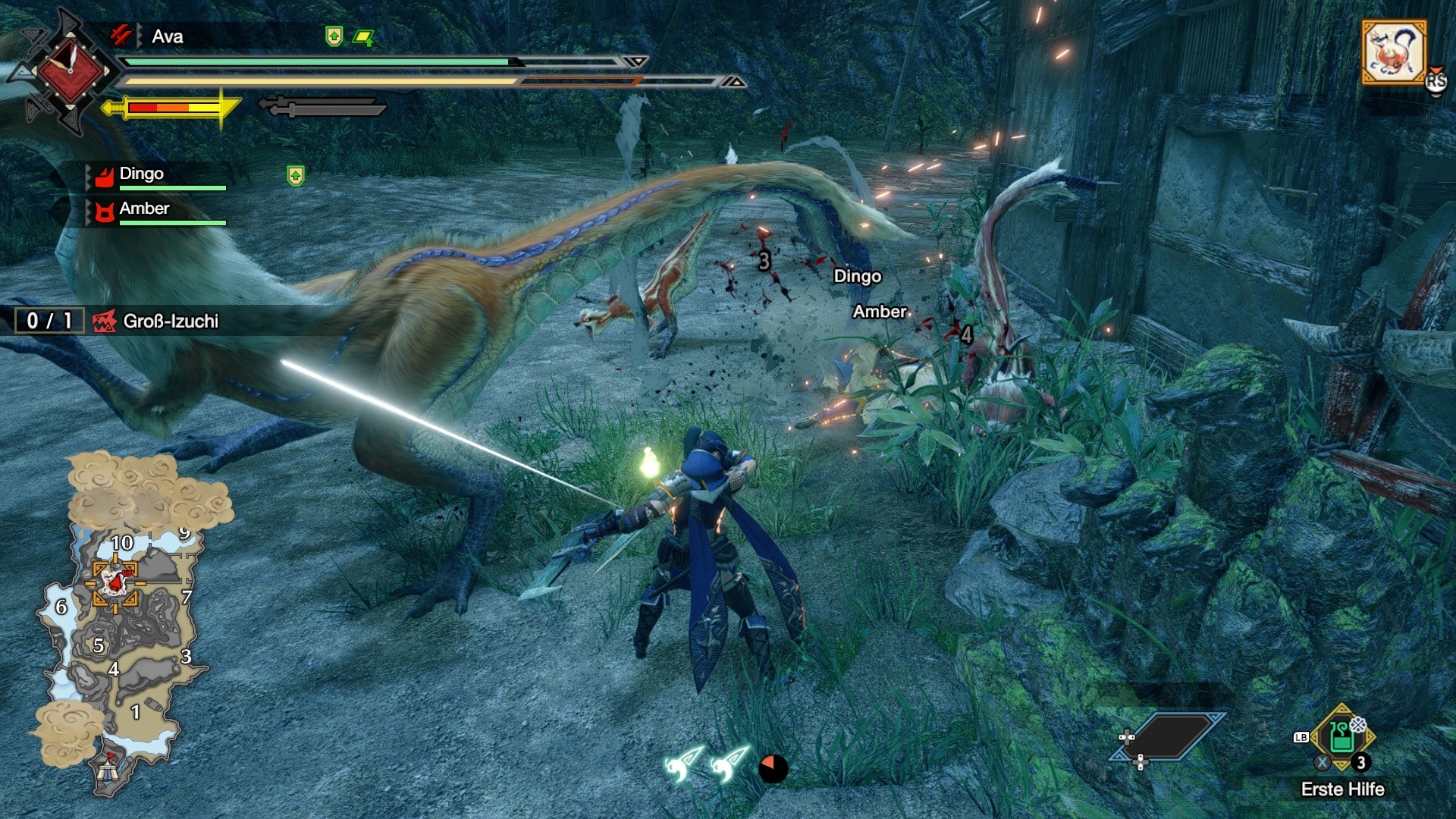MH Rise convinces on the Switch with terrifying monsters and countless ways to defeat them. In the test, we go on the hunt and check whether the fascination also ignites on the PC.
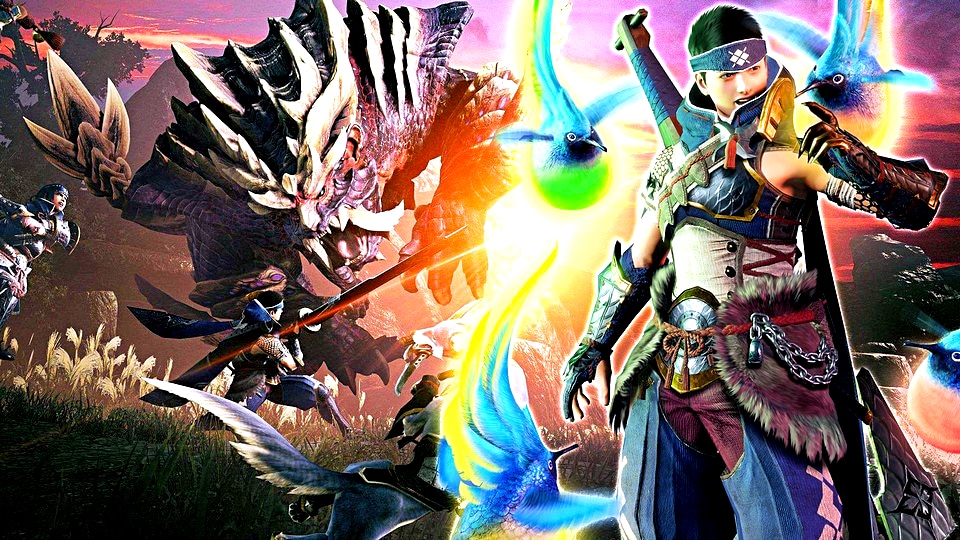
Reinventing yourself is not always a good idea – no matter what magazines propagate at New Year. Personally, Photoshop updates also drive me up the wall because I have to retrain my muscle memory every time in order to use all the image editing functions sensibly.
But once you get used to it, you might not want to miss an unwanted change, or it might even open up a whole new fascination for you – for example, because it was previously under bulky or poorly explained. And that brings us to Monster Hunter. What Monster Hunter World and the new spin-off Rise do for the longstanding hardcore series is impressive.
Already Monster Hunter World erases old weaknesses or adds tutorials and convenience features to complicated manoeuvres, which Rise now thinks even further. So is Monster Hunter becoming increasingly dull? In fact, Monster Hunter World and Rise are in part much easier to play than the old offshoots, but not least because the lack of help and a steep learning curve put obstacles in the way of inexperienced players.
Monster Hunter Rise doesn’t always find the right balance here, but refines the already deep and complex battles and adds completely new levels to them. The brilliance of the game design, however, makes all other aspects pale in comparison. This shows that the series finally needs a rejuvenation in other areas as well.
Table of Contents
Error – Story Not Found
Just the story could use more love. It was already only a coarse background noise in Monster Hunter World, but in Rise it doesn’t even really work as a red thread anymore.
Furious hordes of monsters keep invading your home village of Kamura. You want to get to the bottom of it and on your way to the answer you kill one monster after the other or mine resources. End. That is the story.
There are minor twists around important side characters, like the two sisters Hinoa and Minoto, who guide you and apparently have a connection to a mysterious monster. But all of this more or less peters out, leaving me irritated as the credits flicker across the screen before the story even felt like it started.
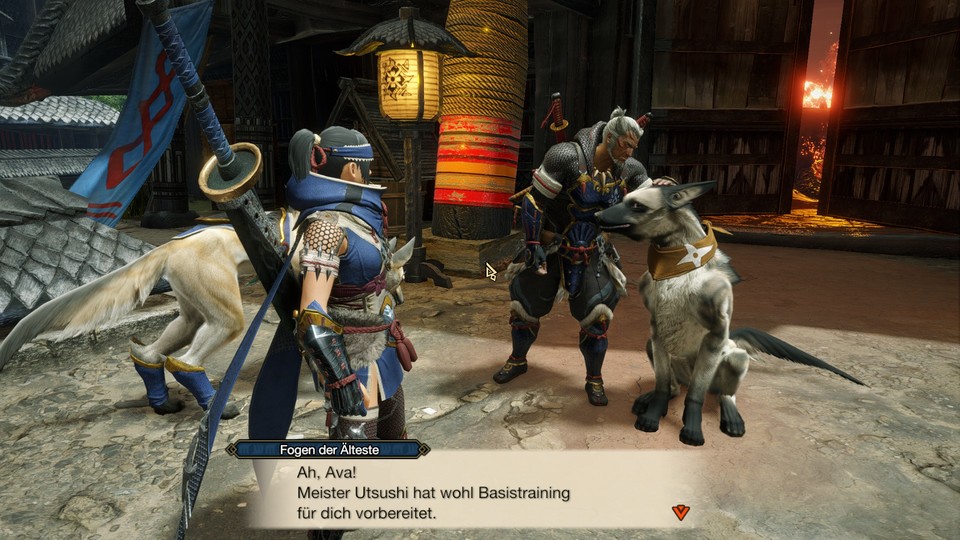
How much better it can be done was shown last year by Monster Hunter Stories 2. That doesn’t tell a groundbreaking story either, but manages to make me feel for my hero and his little Rathalos companion through humorous or touching dialogue and cutscenes similar to a lively Pixar film.
At least a little more context in the tasks would have helped: Even when you are salvaging a valuable shipment or rescuing someone, there are no special sequences. The hunt goes on as usual. Cutscenes are only seen occasionally in the village or when new monsters are introduced – but then always limited to 30 fps, which feels jerky on powerful PCs
What’s next for the PC version?
The PC version, available via Steam, features all 72 monsters that appeared on the Switch at release or since (50 old familiar and 22 new), as well as all new missions and items. In the future, the free content updates are to take place in parallel, so that no version lags behind like World. However, there will still be no cross-play or the possibility to transfer one’s own game saves.
In summer 2022, a large expansion called Sunbreak will be released in the style of Iceborne. It delivers a new difficulty level with the master rank, as well as another area and additional monsters.
Hunting Holiday in the Far East
The story blips hurt doubly because Monster Hunter Rise is overall a very atmospheric and coherent game that shows off its Far Eastern look throughout – new creatures are introduced in Kabuki chanting, monster icons are reminiscent of Japanese ink drawings, and the hub of Kamura really does look like Asian village with cherry blossoms and the sound of delicate lute instruments wafting through.
The first area continues the Asian theme and sends me through a bamboo forest full of ruined Shinto shrines, while the other four biomes include a desert, a lava world, cold lakes and a jungle with a Mayan pyramid for the sake of variety. So there’s plenty of visual variety, also because the day and night changes conjure up very different lighting moods that glitter on the water or dance in the treetops.
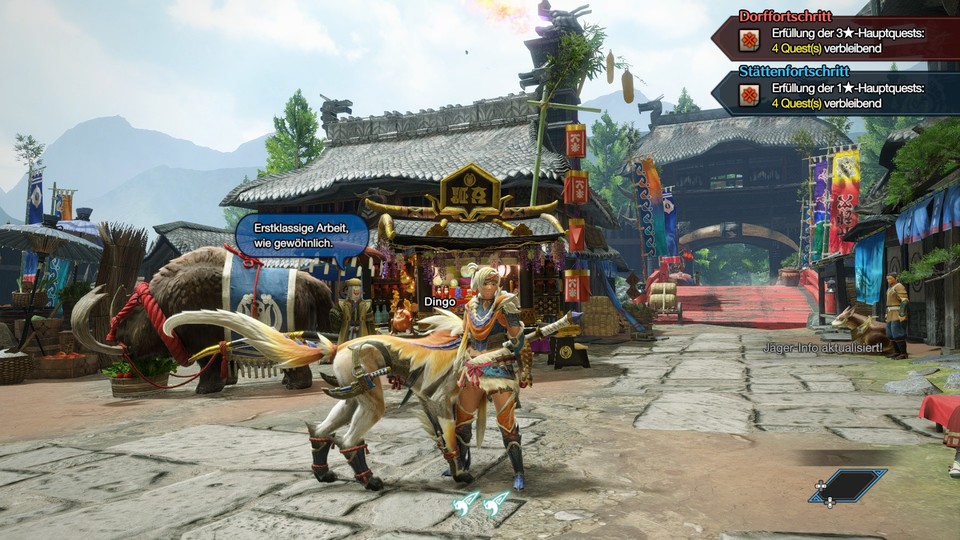
The Switch game is in top form on the PC
This comes across much better on the PC than on the Nintendo Switch. The smooth animations flow buttery-smooth across the screen thanks to unlimited framerate, you can crank up the resolution to 4K and the textures of tree bark and rocks are so crisp that you can almost smell the moss on them as you walk by. Especially on an SSD, the short loading times fly by, 21:9 formats are supported and there was no sign of the micro-stutters and freezes from the demo version on my system.
My notebook with an RTX 3070 and a Ryzen 7 processor consistently reached 100 to 120fps at 1080p, even 4K worked without problems at 60fps on another system with an RTX 2070 and an i7-8700K processor – in both cases with the highest settings. No wonder, a GTX 1060 is recommended frugally.
Monster Hunter Rise offers a detailed graphics menu that can be used to adjust shadow quality, anti-aliasing and more. You can also activate film filters such as a sepia look. However, you will have to do without special PC treats such as DLSS or ray tracing.
Despite its stylish design, Rise cannot deny its Switch origins. Even at first glance, the barren areas with clunky shapes and sparse vegetation are striking. Despite individual animals and monsters, one misses the lively hustle and bustle of Monster Hunter World, where small crawlers, dragonflies, birds and exotic mammals cavorted under the dense foliage and several beasts were constantly in a clinch.
You nevertheless explore vertical and versatile areas that only reveal their secrets like new campsites bit by bit, but you have to make clear cutbacks here in comparison.
Diablo, Destiny, Monster Hunter
Rise will also surprise you in terms of gameplay if you come directly from World. The spin-off adopts many innovations, but also adds others or returns to old virtues. For example, there are once again two places to go for quests, as you know from Generations and the like: you take on single-player missions directly in the village, while for multiplayer quests you go to the meeting place. You can play them alone or with up to three other players.
You progress through the story by completing missions and increasing your Hunter rank until an urgent quest pops up. After that, you can choose from more difficult missions: if you have four stars or more, they are considered high-level and you urgently need new equipment. Like its predecessors, Rise is based on the typical loot-addiction spiral, which is also familiar from other action role-playing games such as (Diablo).
You slay monsters for materials and money, which you then invest in new weapons and armour at the blacksmith or upgrades for existing ones with which you face even more hideous creatures. If you slay the fire-breathing dragon Rathian, the armour from her scales will grant fire protection, while double blades forged from her claws will even roast enemies.
Flexible Shredding
The 14 different and partly wacky weapons are already known from World and Co, there are no new additions here. This has the advantage that the balance continues to work like a well-oiled machine and offers enough techniques and combos to master with the longsword, bow rifle, insect guards, hammer and so on. Tutorial inserts and a training area help you get used to the game.
The new switching arts, which allow you to customise your guns, blades and bludgeons, are also a breath of fresh air. I personalise my double blades, for example, with the demon flight, which sends me soaring into the air and dancing down on an enemy in a whirling dagger dance. Alternatively, I transform into a deadly storm of blades on the ground with the Demon Whirlwind.
You unlock the techniques via special missions, for which, curiously, you don’t have to use the respective weapons. This is a little irritating, but doesn’t limit you in any way. Earning and mastering the changing arts is motivating in the long run, as is earning new, sometimes weird weapons via missions – like an origami axe. Such somewhat unusual equipment as a fish as a sword (yes, that existed) was initially missed by many veterans of Monster Hunter World, until a few more unusual models were added.
How to improve your equipment
As in MH World, the blacksmith will show you the weapons and armour you can make in each category. For example, if you have a certain pair of double blades, you can always upgrade them and add elements like water damage to them if you use material from a monster with that ability. Simply walk down the tree and invest resources and money.
You can forge armour based on a monster or combine parts from several creatures for the bonuses you want – for example, ice and water resistance. You then upgrade these in turn via armour orbs. You receive these as rewards for side quests, for which you have to mine ores, collect honey or catch bugs in the areas. These materials are also great for healing and strengthening potions, lightning bombs to stun, traps and other items, which you can easily craft in the object chest in the base or automatically on the go if you set it to do so.
Already these combinations allow for deep builds, but Monster Hunter Rise goes even further. You are allowed to melt down materials to make talismans. This gives leftover resources a purpose and gives you better healing abilities, for example. You can also make the decorations you know from World and attach them to the slots on your equipment.
These provide armour with additional perks, for example, they increase your fire damage, heal your comrades-in-arms or prevent you from being stunned for a long time. With 72 monsters, 14 weapons, countless changeable armour, items and bonuses, you can spend hundreds of hours working on your optimal hunter.
Bonuses To Go
But for the biggest and most important new additions to Rise, you’ll have to head out on a mission – but not without saying goodbye to your oddball. It replaces the numerous pets in World and can be fed and dressed. However, the little bird is not allowed to join in the fight. Much more useful is the tried and tested Palico, a feline companion who brings along a gadget like a medicinal plant.
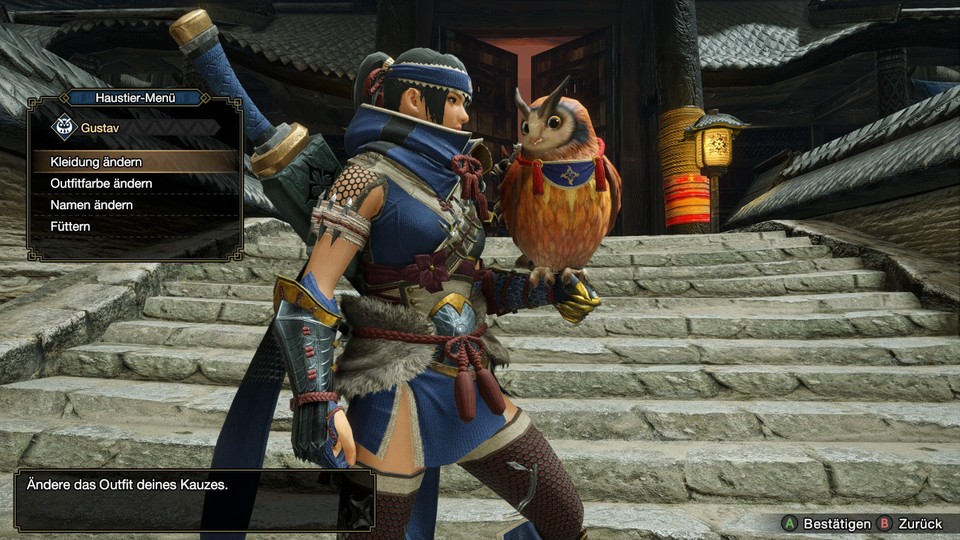
New in Rise is Palamute, a dog helper that you can cuddle but also ride to get around the open and expansive maps faster – much like the monster taxi service in World, only less cumbersome. The good boy also has fighting power. You forge armour and weapons for both companions from leftover monster materials, so you don’t have to sell anything or mothball it forever in the resource box.
Rise also loosens up the typical “accept mission – scoop up food for bonuses – search for and kill monsters” process. Throughout the level, in addition to the meal beforehand, you’ll now find native creatures such as irises, small hummingbird fireflies that grant you bonuses like better defence throughout the mission.
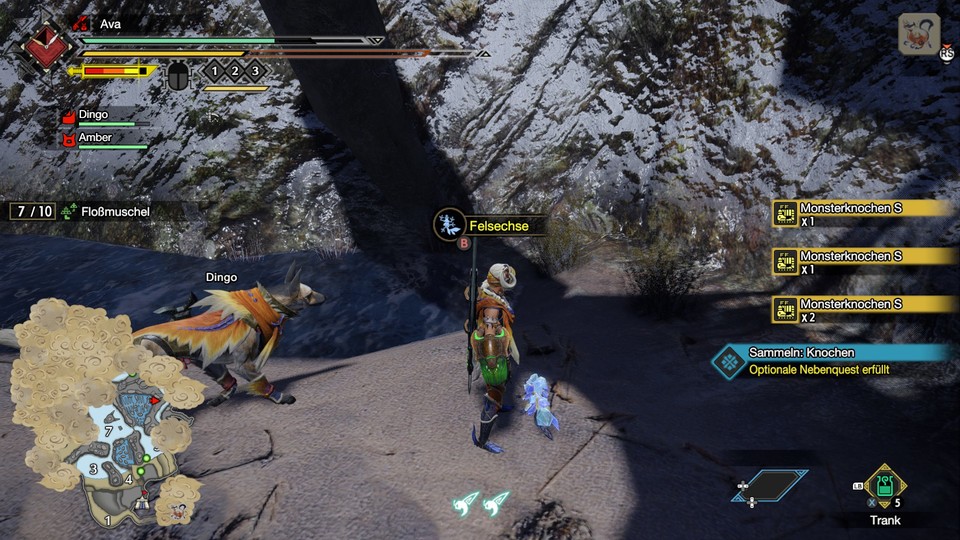
Claim to do it yourself
This makes the difficulty level very flexible: If you want a greater challenge, run straight to the practically marked monster and fight. If you want it to be easier, you explore and get heaps of buffs or tactically lure one monster to another with a Miefnerz so that they weaken each other.
In theory, this opens up a wealth of strategic possibilities. In practice, it’s fun, but often superfluous. Because until the end game, hardly any monster presents me with a real challenge. The beasts move as quickly as usual and bring their own dangerous abilities, such as the bubbles of a Mizutsune, a river dragon that uses them to exhaust my stamina until I can barely dodge its brutal water jet.
I have to keep the yellow stamina bar in good shape with steaks and rations, as well as my life bar with potions or my melee weapons with a grindstone – ranged weapons need ammunition, which I craft.
If you don’t run blindly into everything and have a reasonable command of your weapons, you won’t get into trouble even with this elemental storm of effects – the monsters simply go down very quickly, especially in solo mode. This makes it easy to ignore the time limit of 50 minutes, and even three fainting spells that cause the mission to fail happen very rarely. Only towards the end, when you often fight several monsters at once, does the difficulty increase. (Lack of) ambition, however, is also a topic that can be argued about for a long time:
It’s better to get rowdy together
If things do get a bit crunchy in the meantime, it tends to be for the wrong reasons. For example, due to hitboxes that are difficult to understand. Sometimes monsters catch me out of the air when I jump, which apparently didn’t touch me at all. Or it fails because of the clarity: The new Randale missions are actually a great addition. Here, several monsters invade your fortress at once, which you have to protect via defensive installations.
This takes place over several waves and boss fights, which you can only survive if you place cannons, ballista and co. cleverly and use them at the right moment. While some monsters attack the equipment, others rush past you straight to the city gate or attack you from the air.
In solo mode, chaos is inevitable. Even with the active support of the other villagers, who for example weaken the monsters or unleash powerful attacks themselves, you are often caught off guard here. So it’s best to get other players to support you.
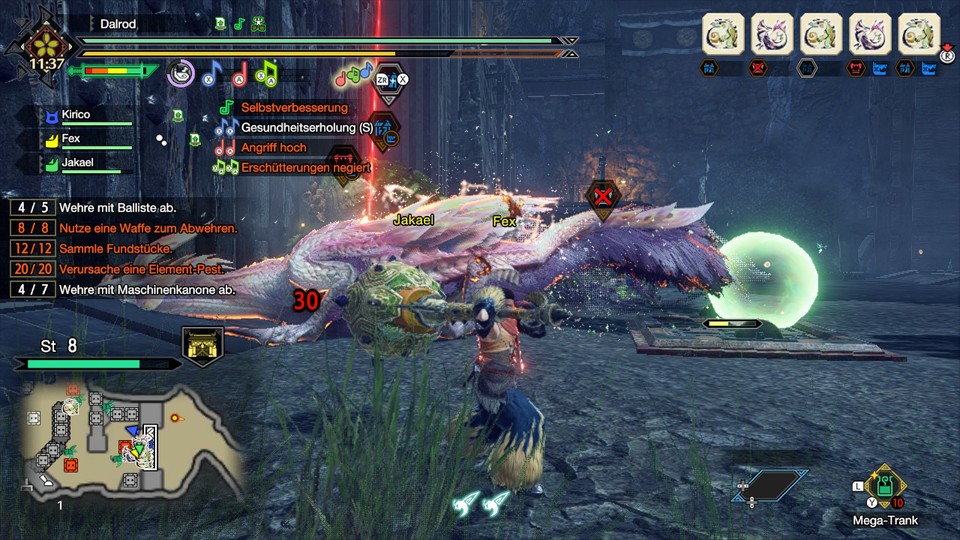
How the multiplayer works
Monster Hunter Rise offers multiplayer for up to four people, which you start via the meeting place. Once the party is full, there are no more companions and with two hunters you have to choose between Palico and Palamute.
You may join missions there or ask for help yourself. The difficulty always scales and the reward is shared among all the hunters. The connection was always stable for me and my colleagues, so we were able to find missions without any problems and were not kicked out in the middle. You can rate other players positively or form hunting groups to play together more often. A new feature is the in-game voice chat, which you can deactivate in the menu under Audio.
The controls can be a bit fiddly – at least if you play with a mouse and keyboard. Weapon combos, dodging rolls, jumps, punches and rope beetle manoeuvres can sometimes tie your fingers in knots. But with a little practice and, if you wish, a few newly assigned keys, you’ll get better and better at it after a little familiarisation.
Wait a minute, rope beetles? These six-legged creatures are not the cousins of the scout beetles, but the best and biggest innovation of Rise, because they completely change the feeling of movement in battle, similar to the clamp claw in Monster Hunter World Iceborne.
The best innovation is a bug
You have two charges of the rope beetles by default that keep regenerating, but you can also find more along the way that last for the duration of the mission. You use them like a grappling hook that catapults you up slopes, which makes exploring easier or lets you dodge at lightning speed to avoid quick monster attacks.
But the little crawlers can do much more. Each weapon has special techniques with the rope beetles – bearers of massive hammers, for example, hurl themselves over the monster and thunder down on the poor creature with a brutal blow. If you have worked on the enemy long enough, it also collapses and becomes rideable.
You then control the beast and let it crash into walls or other enemies, which causes a lot of damage. At first you feel a bit awkward with all the possibilities. But once you have mastered them, you sweep across the battlefield like a deadly whirlwind that barely touches the ground.
Ridable monsters, rope beetles, changing arts or even Palamutes do not necessarily make Monster Hunter easier. Rather, they expand the battles, make them more varied and flexible, because you can experiment a lot and then fully commit to your desired style.
This playful freedom is so much fun that it rarely really bothers me how quickly I can defeat the beasts in the end – I may not need all that, but I have so much fun with it that I can’t ignore it. Especially since Monster Hunter Rise only really gets going after the campaign anyway. You’ll easily be through after 20 hours, but you can easily play for another 40, 60 or even hundreds of hours after that if the hunt completely captivates you.
Editor’s verdict
The start screen of the PC version of Monster Hunter Rise gave me a warm familiar feeling. No wonder, after all, I already sank quite a few hours into the action role-playing game on the Switch last year. It already cut a fine figure then and filled the gap that gaped in my daily gaming habits after World. For me, there is simply hardly anything better than snuggling up in front of the console in the evening with a blanket and tea and working towards my personal goals – for example, finally slaying a certain monster or crafting a special armour.
Monster Hunter Rise is ideal for this, because you don’t need a gripping story or grippingly staged missions. It’s just you and the monster, while you gradually hone your technique and equipment. On the PC, I enjoy it even more now, because the textures are razor-sharp compared to the Switch, the frame rate is fluid and the resolution is higher. Apparently they learned from the teething troubles of World and Iceborne at launch and used the extra development time to optimise the version.
Besides, Rise is far from over when the credits roll, it’s just getting started. Until Sunbreak is released, many more free updates with monsters, events and new items will be added to the game. So you don’t have to worry about long-term motivation once you’ve got the hang of it, and even the monsters that are too easy at the beginning won’t be that much of a problem – after all, with the master rank it gets even trickier.
But you shouldn’t expect a World 2 with similarly impressive graphics or a brutally difficult Dark Souls with an all-you-can-eat boss fight buffet. And that’s not what Rise wants to be. However, I understand that many veterans also sense the downside of the increased accessibility. Reaching more players is a great thing, but Capcom must be careful not to alienate the fans who have been loyal to the series for many years.

